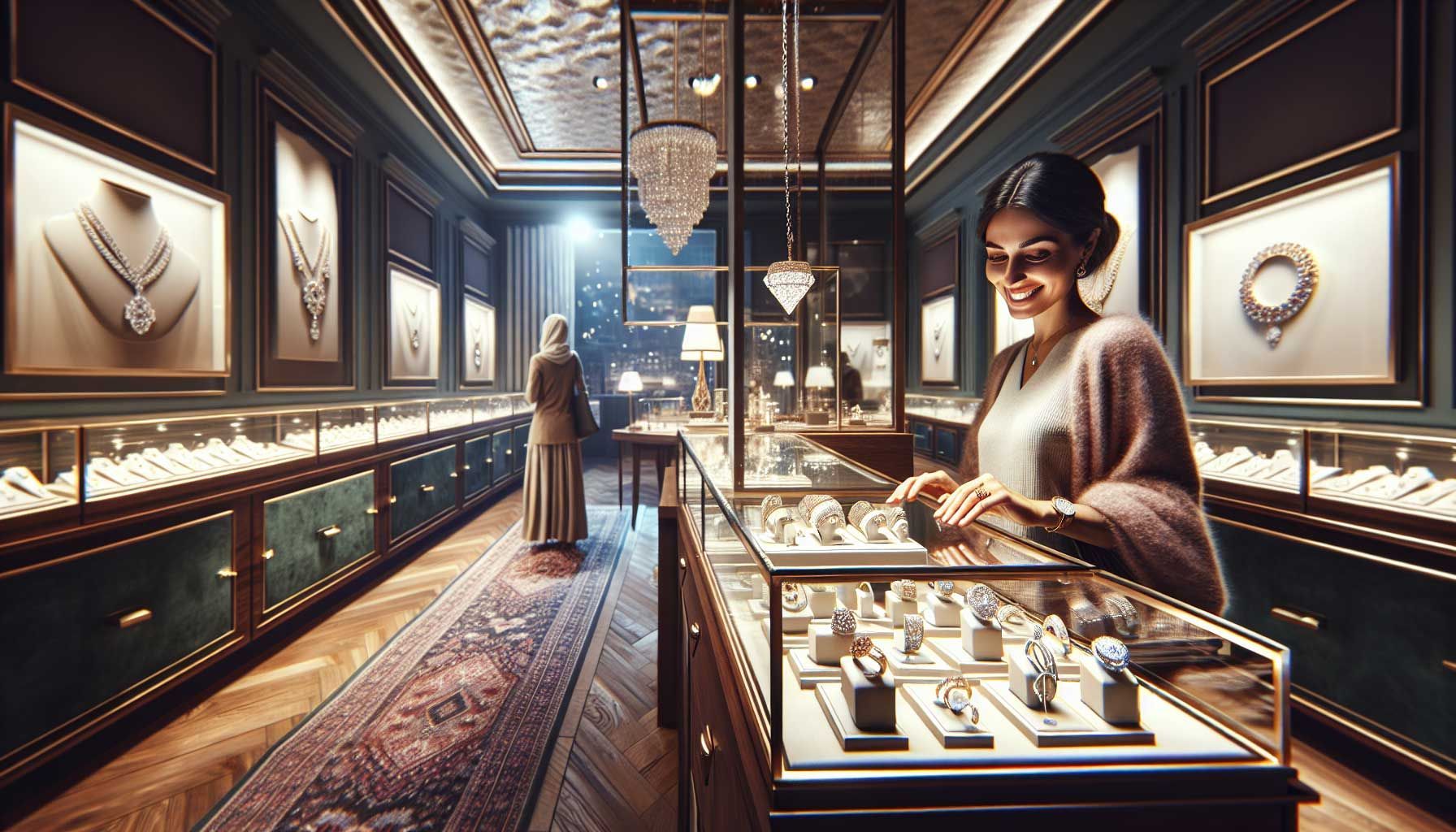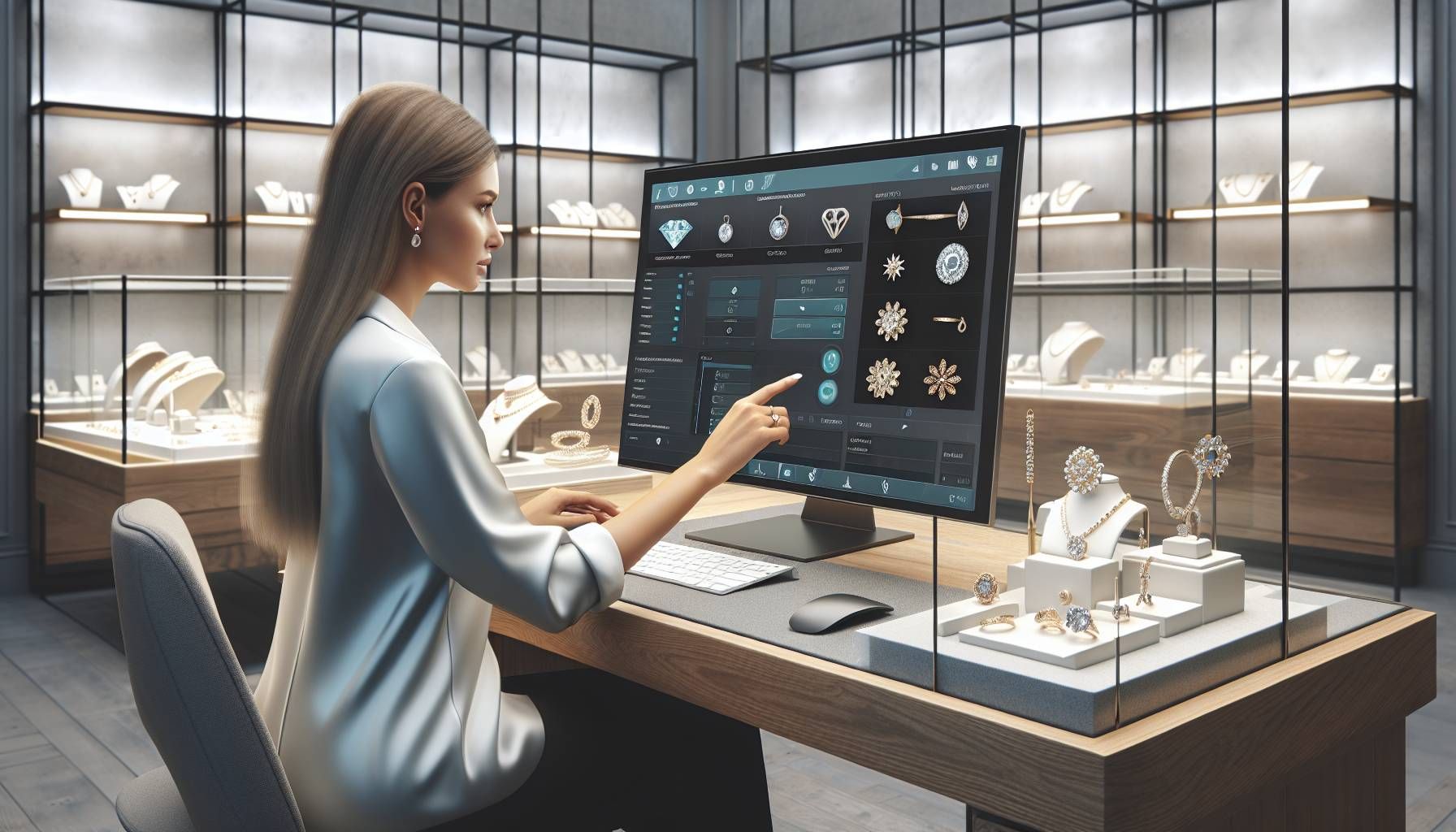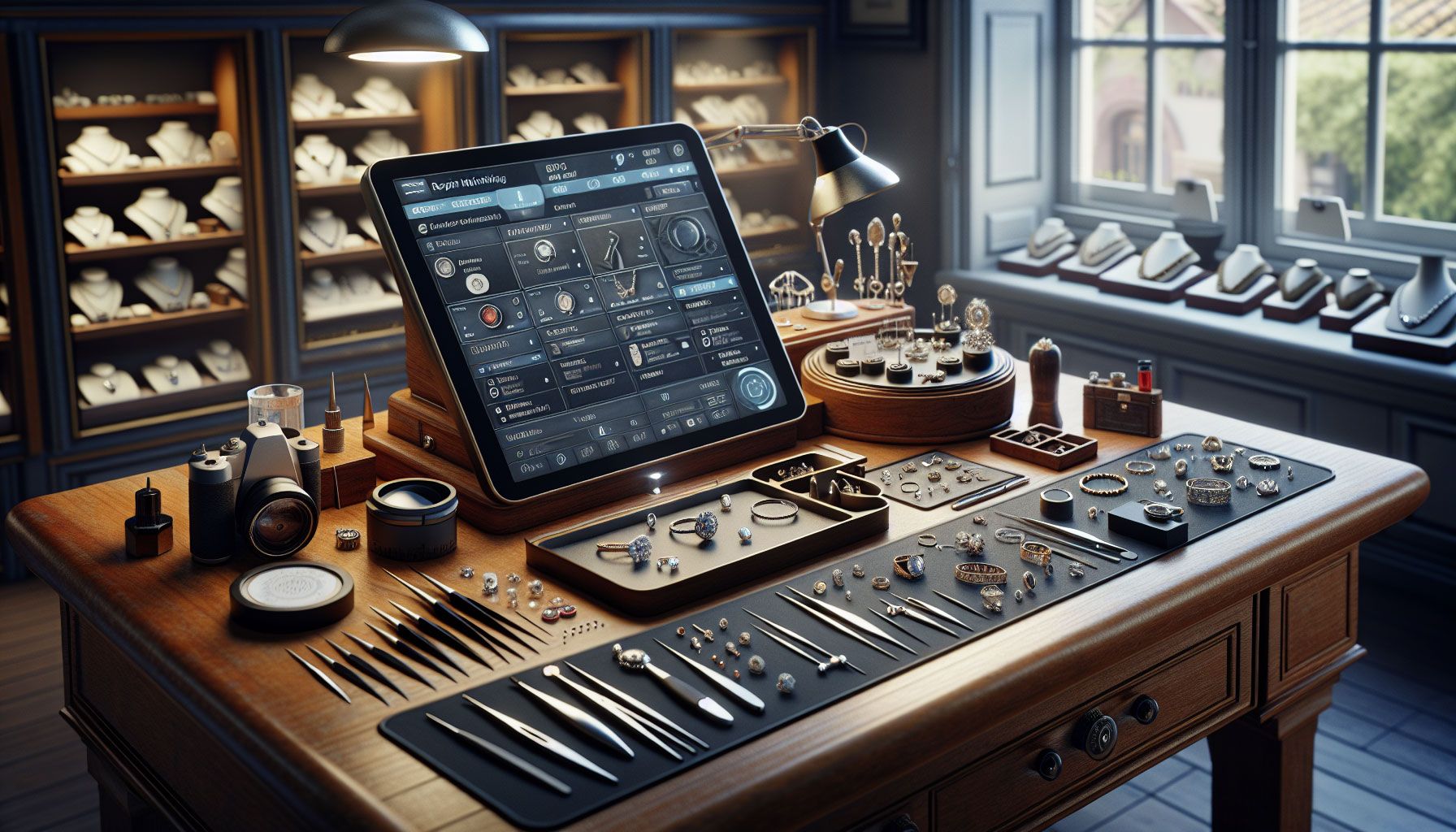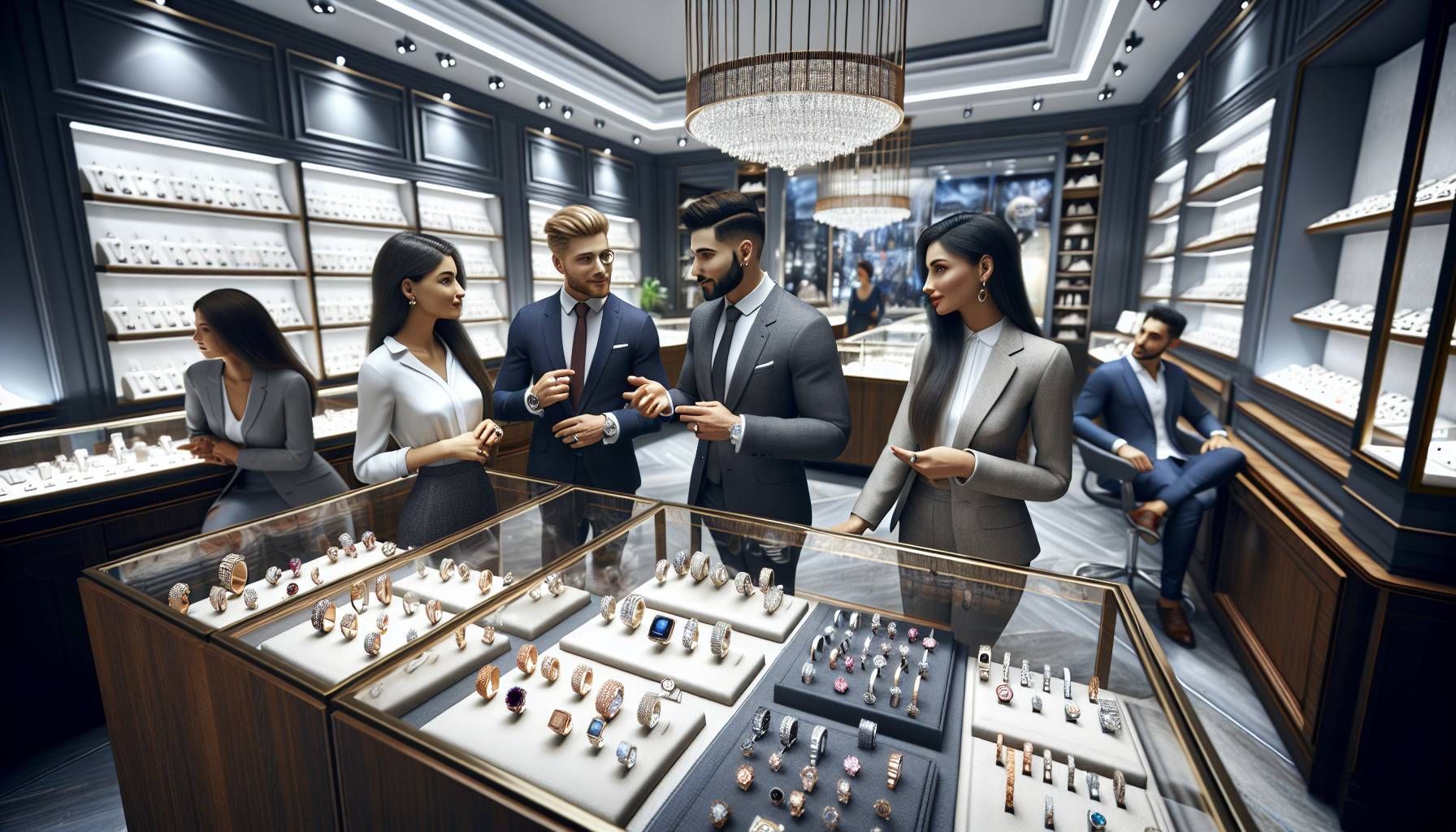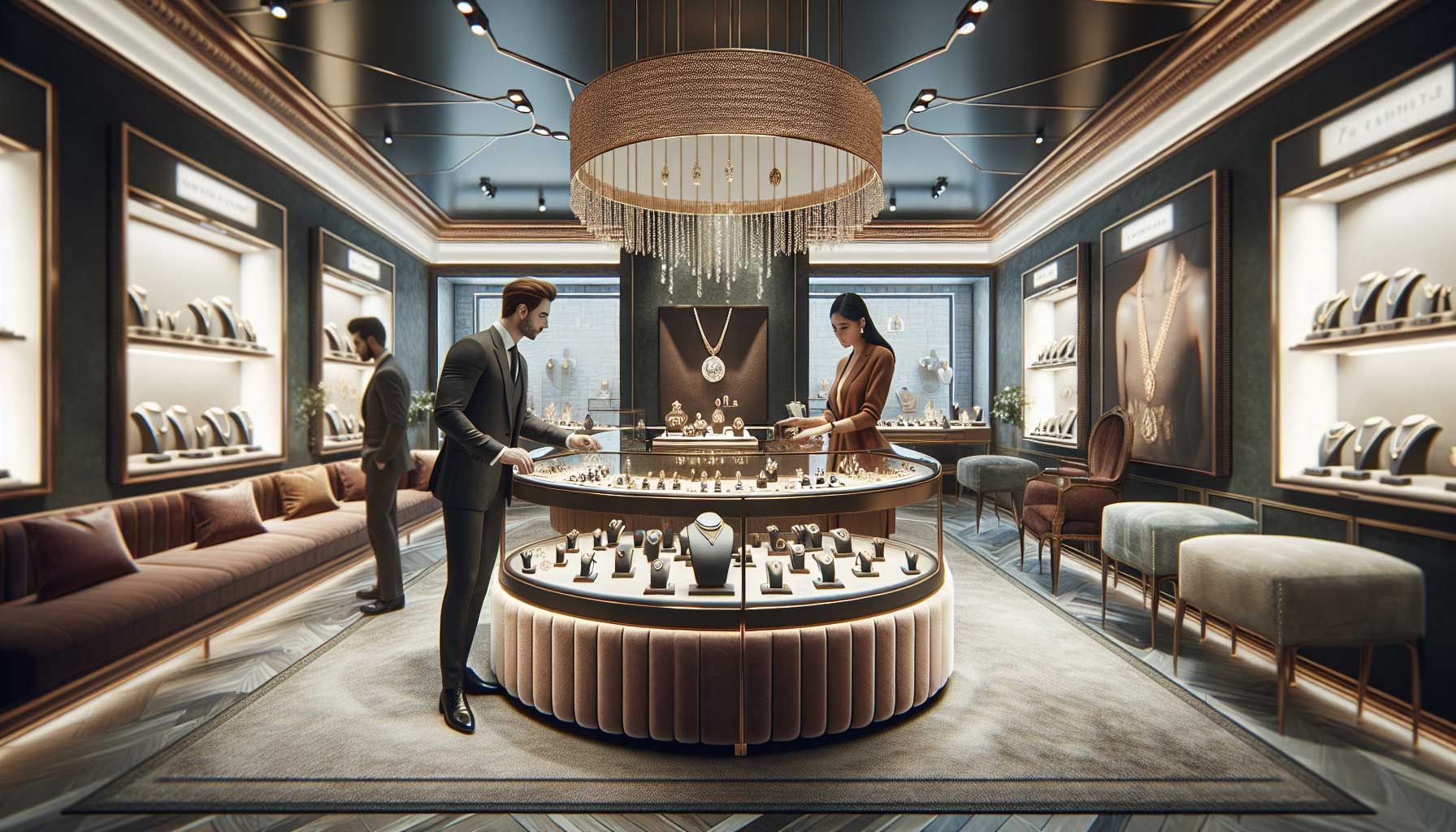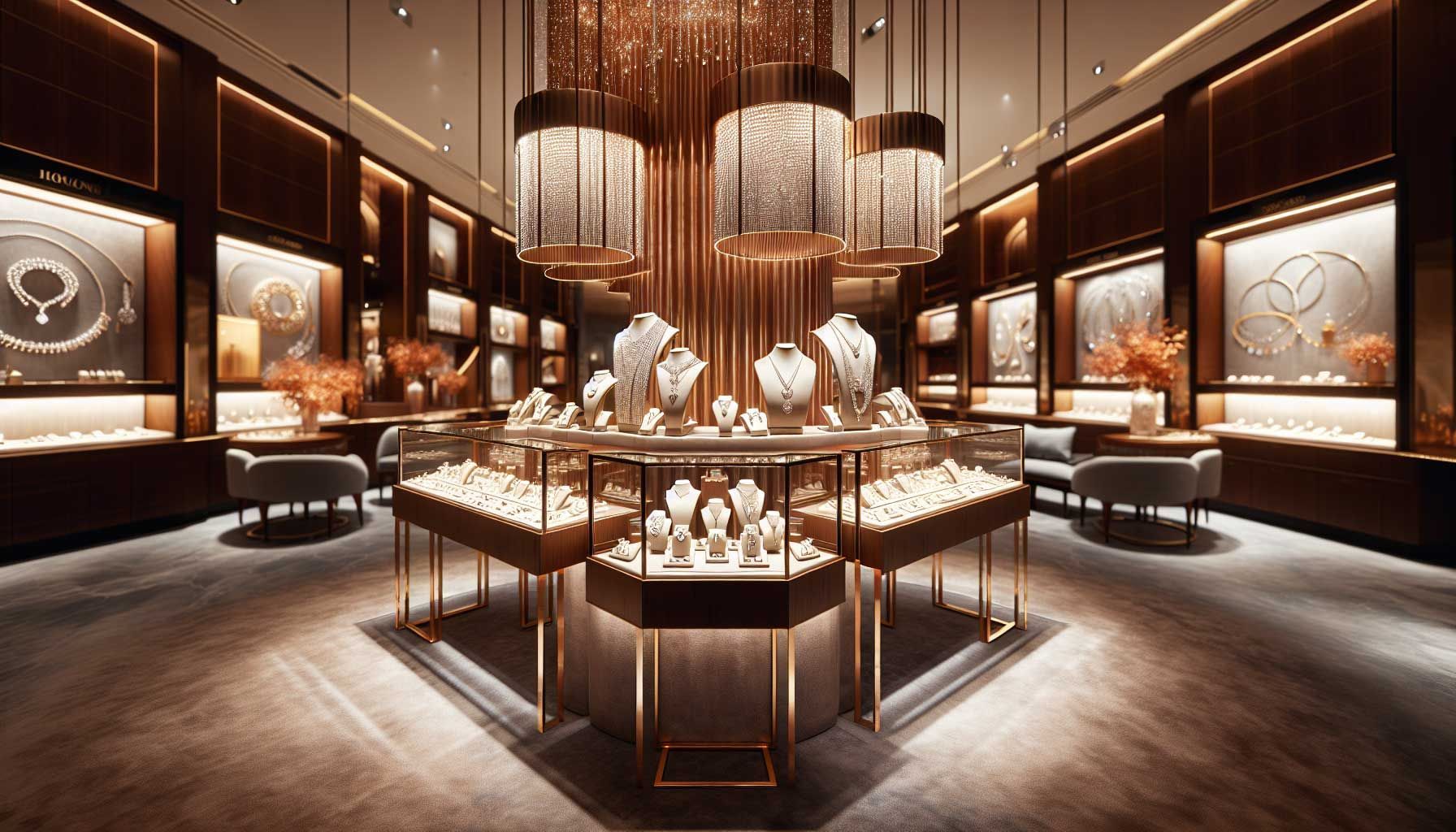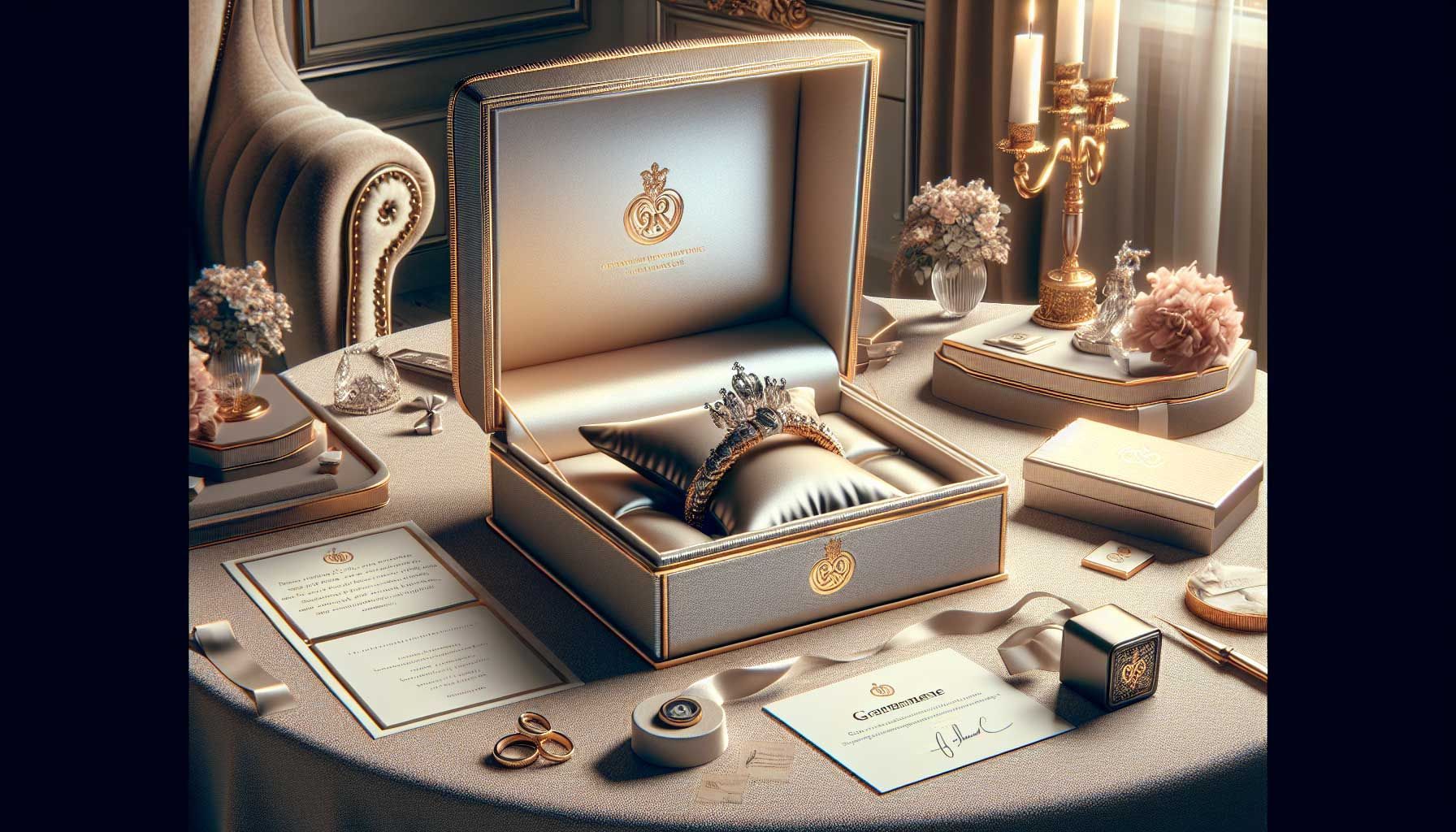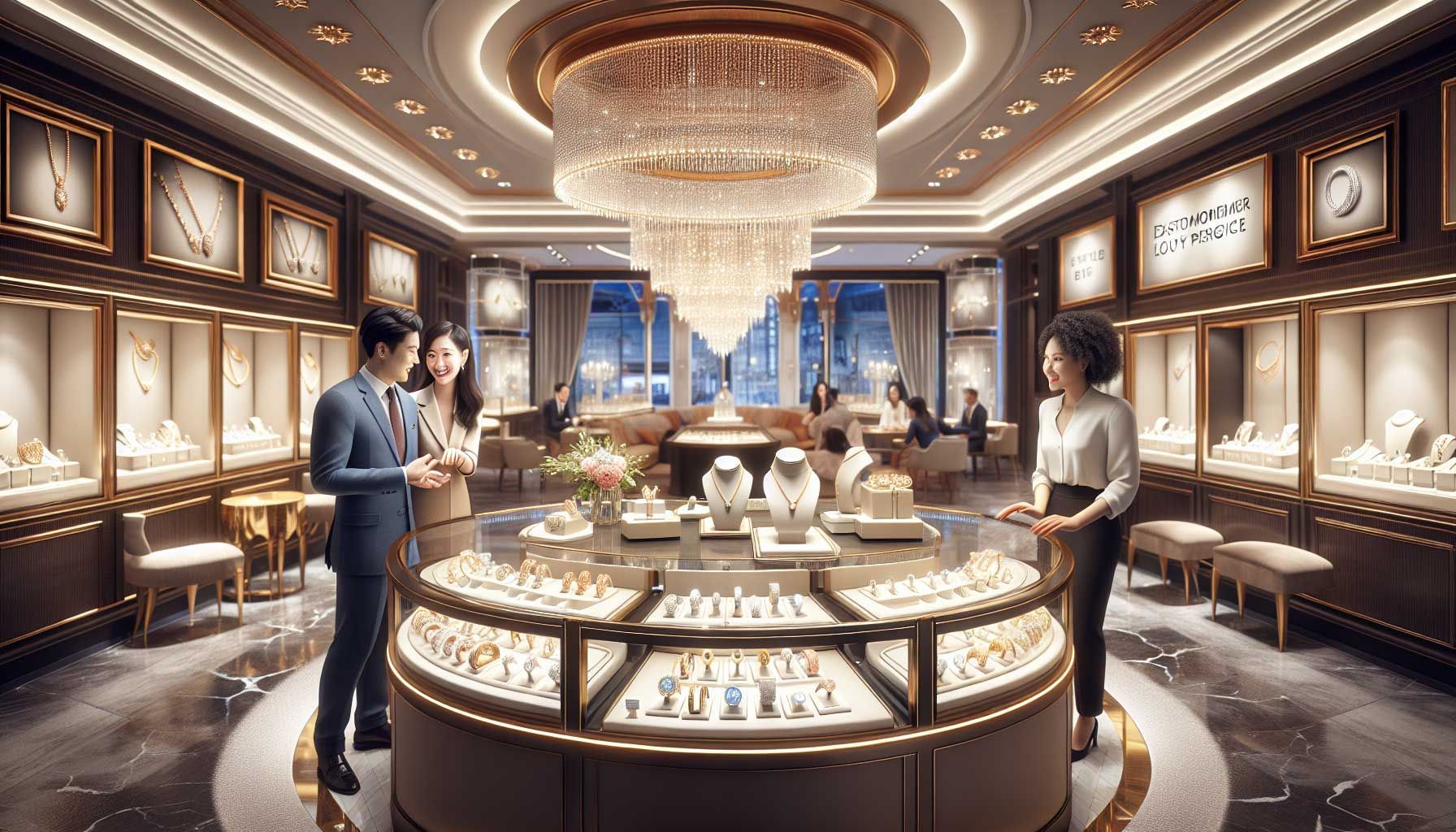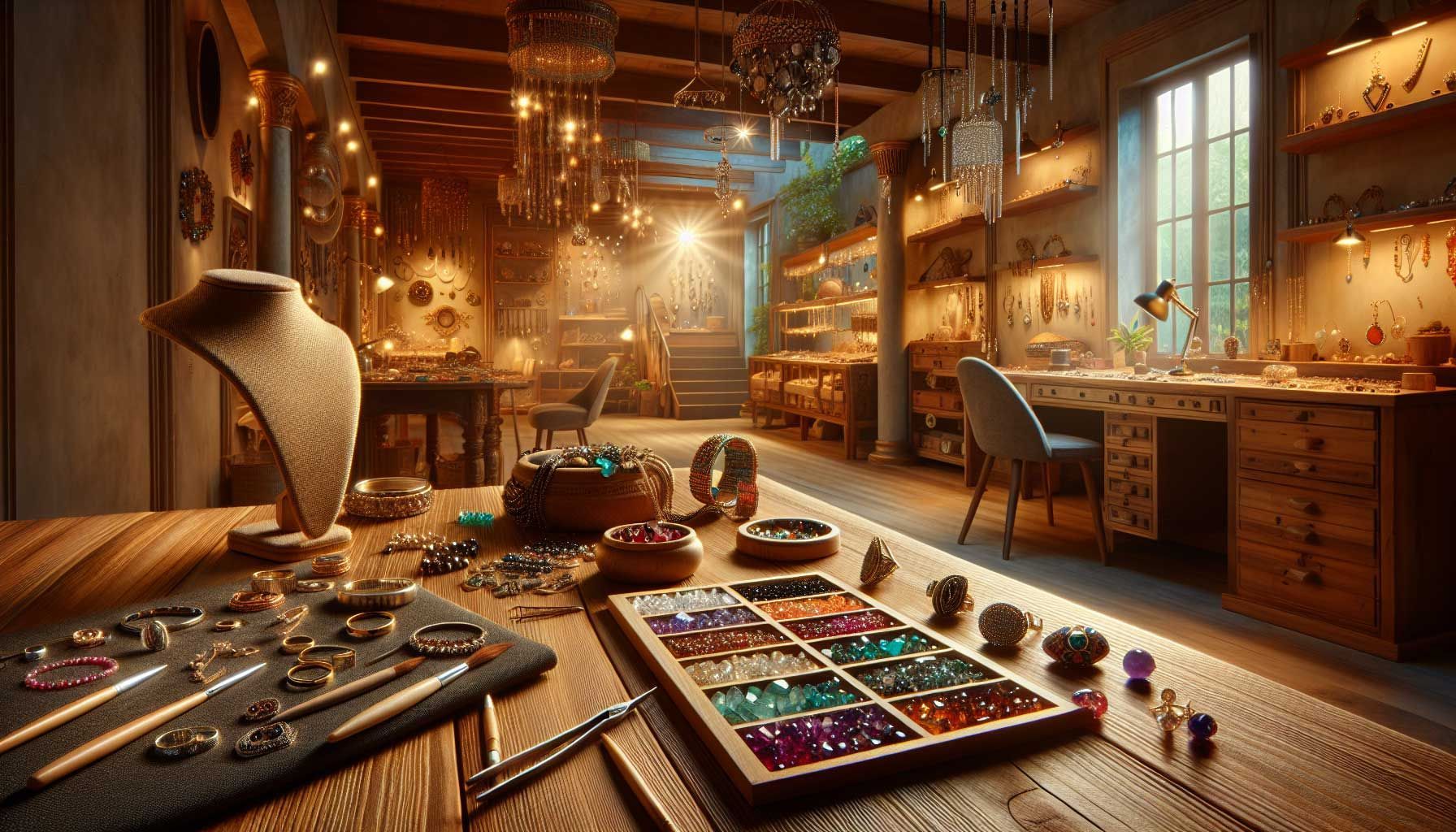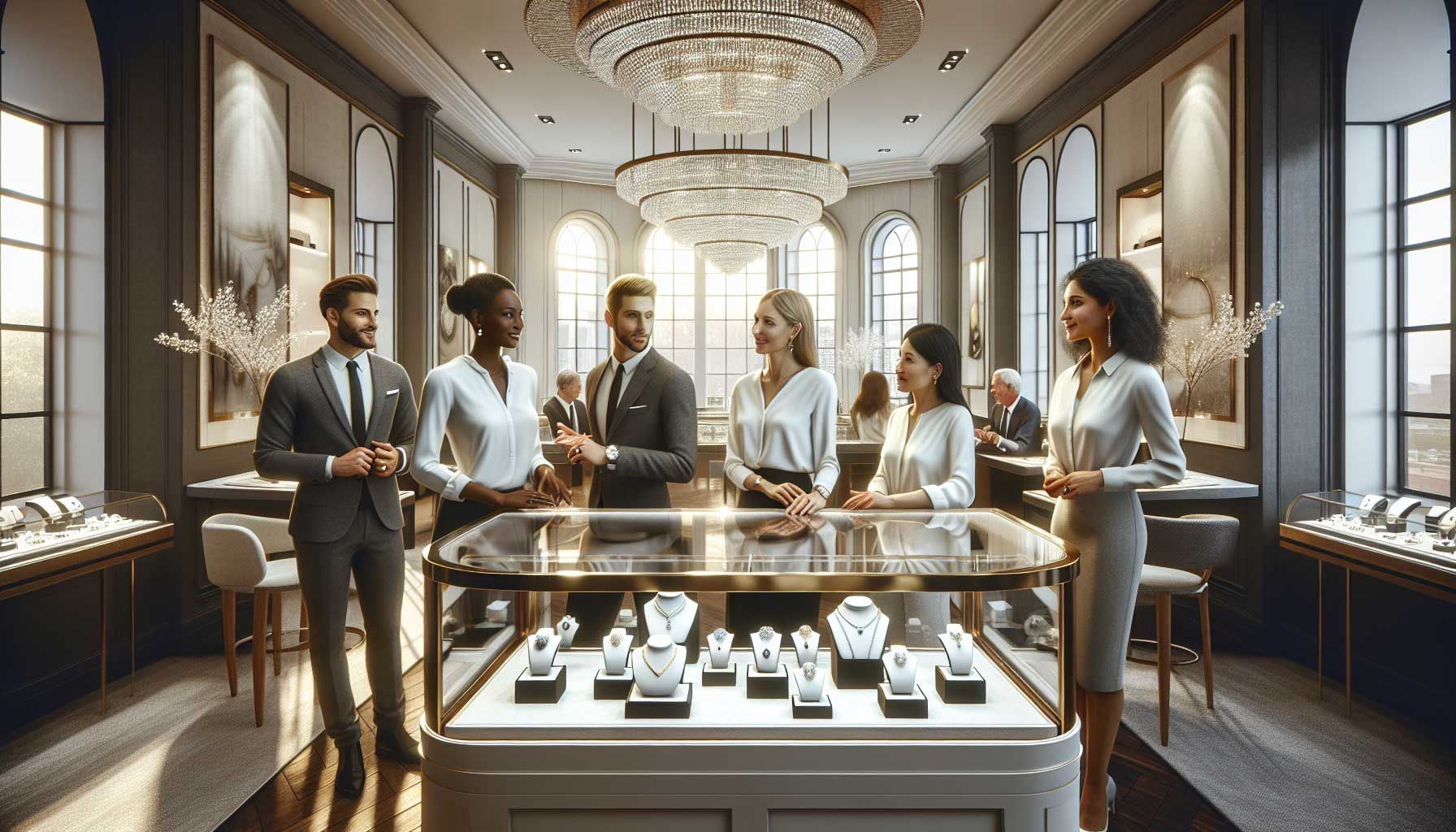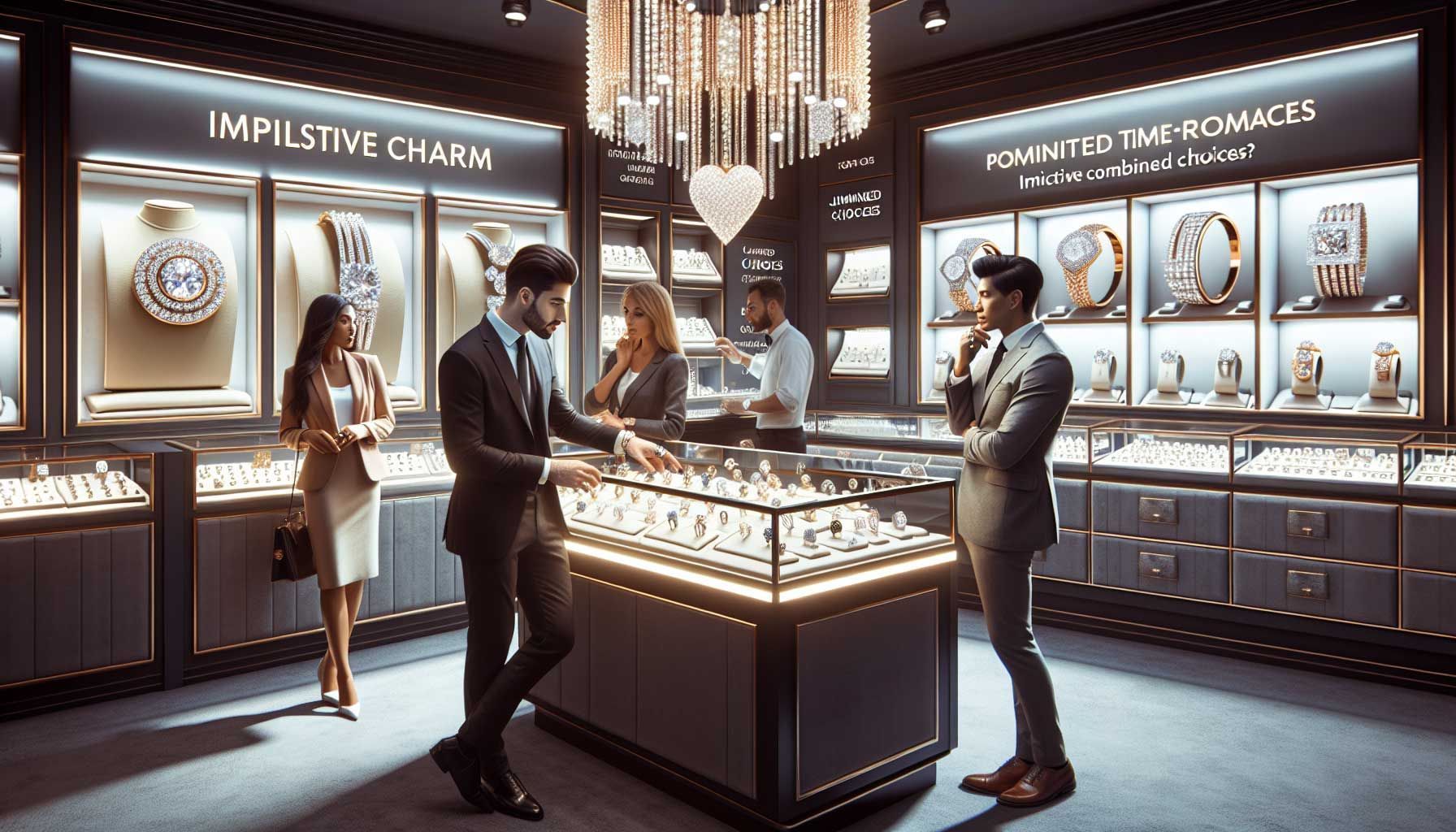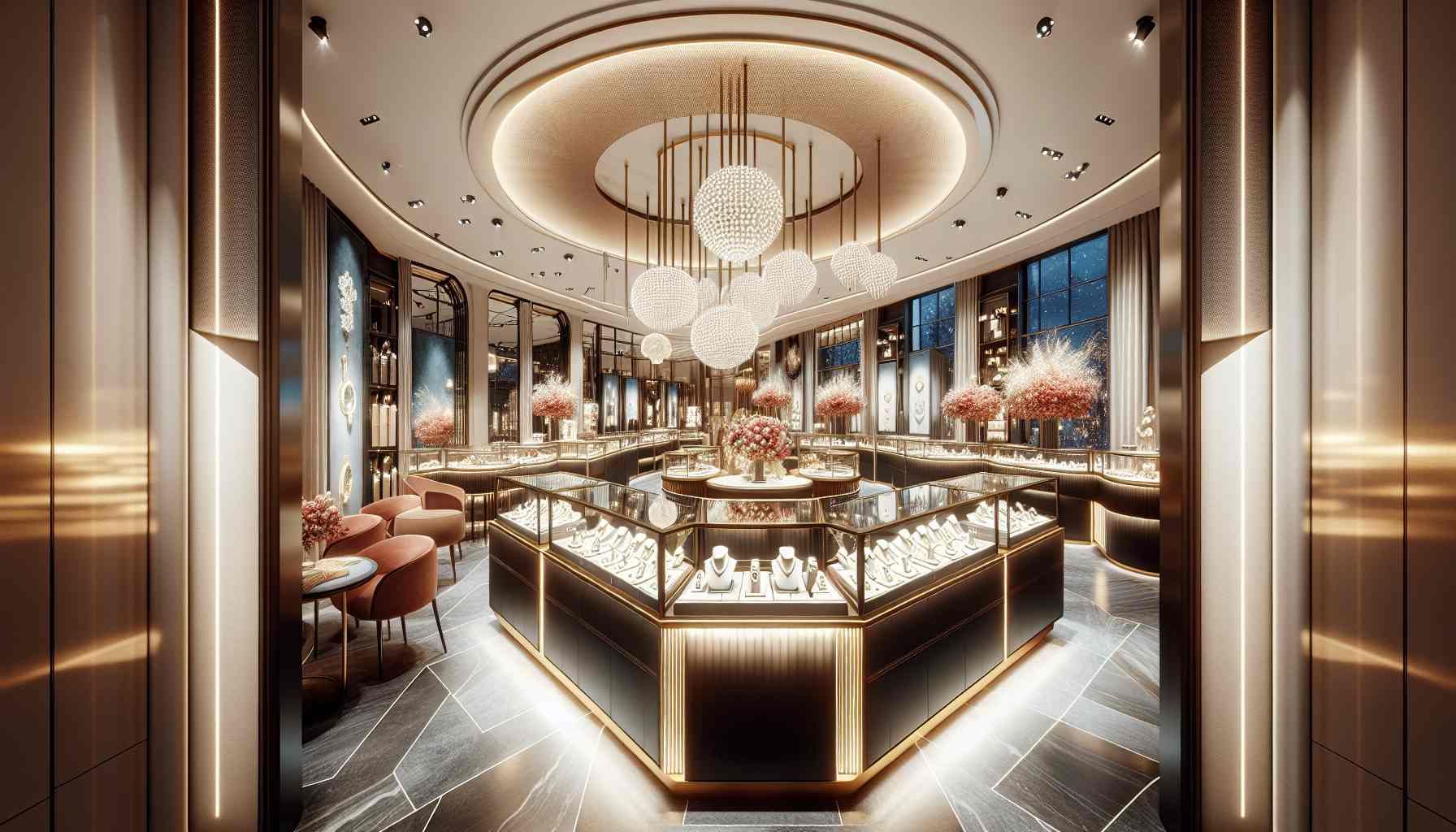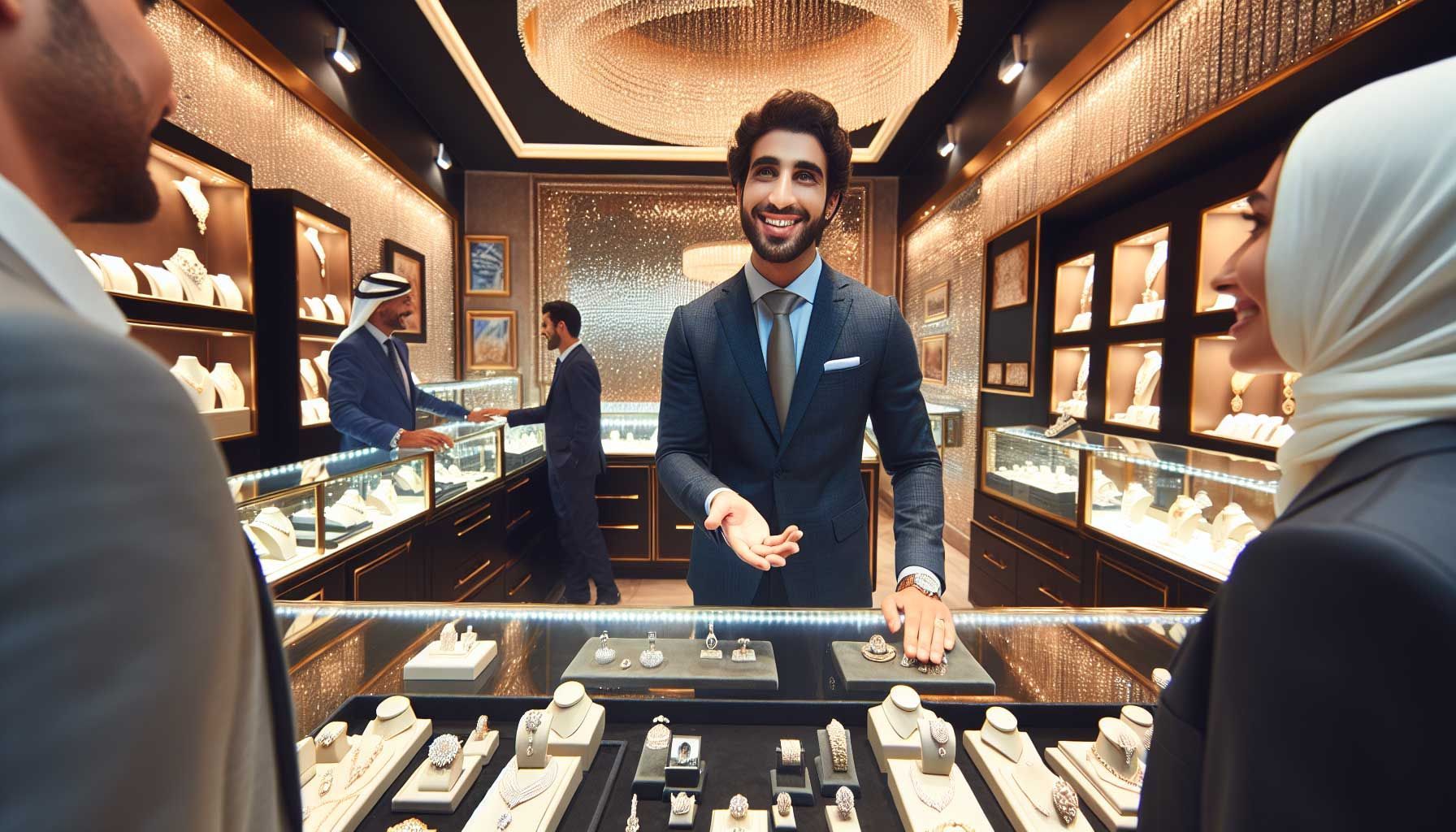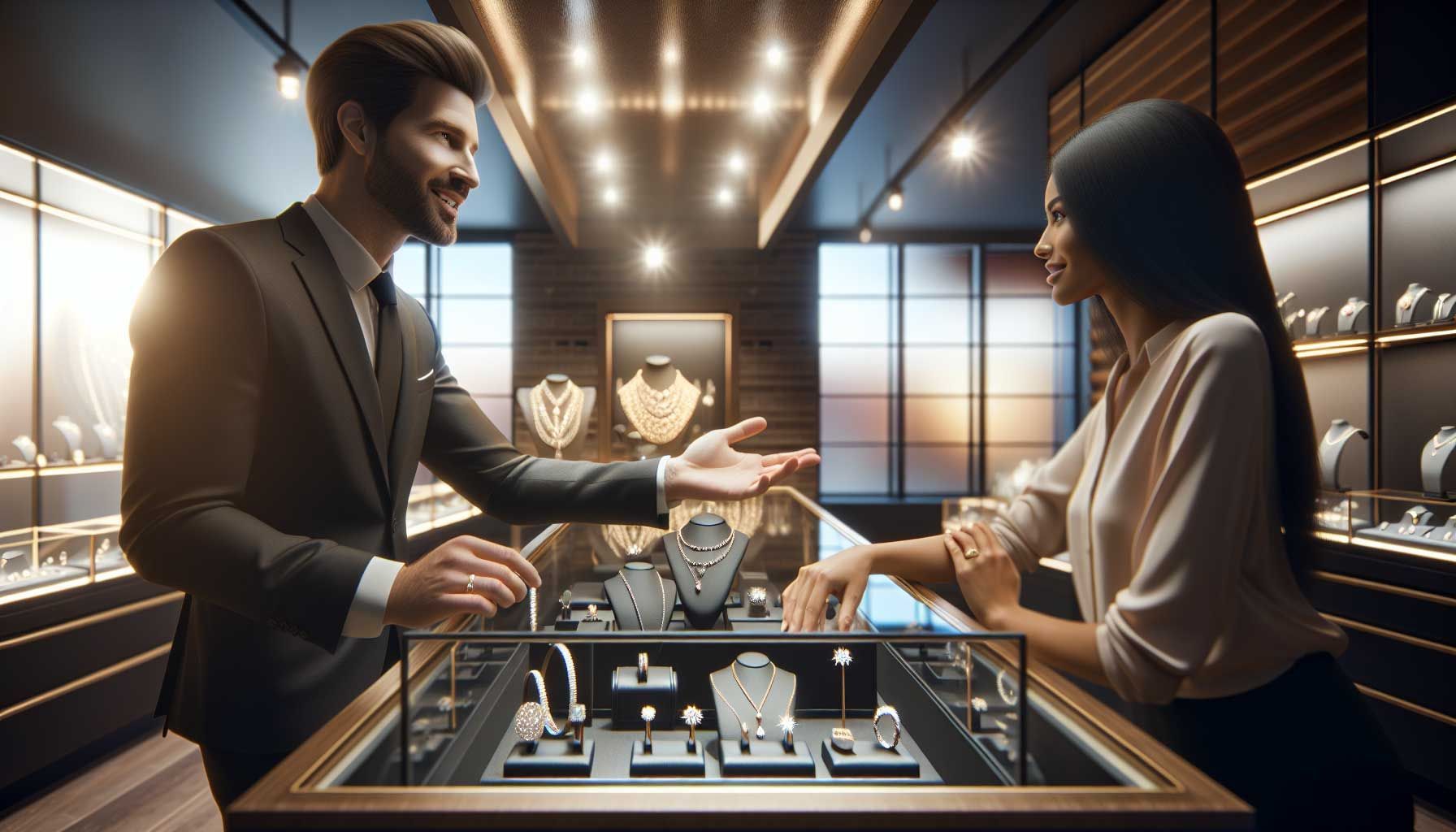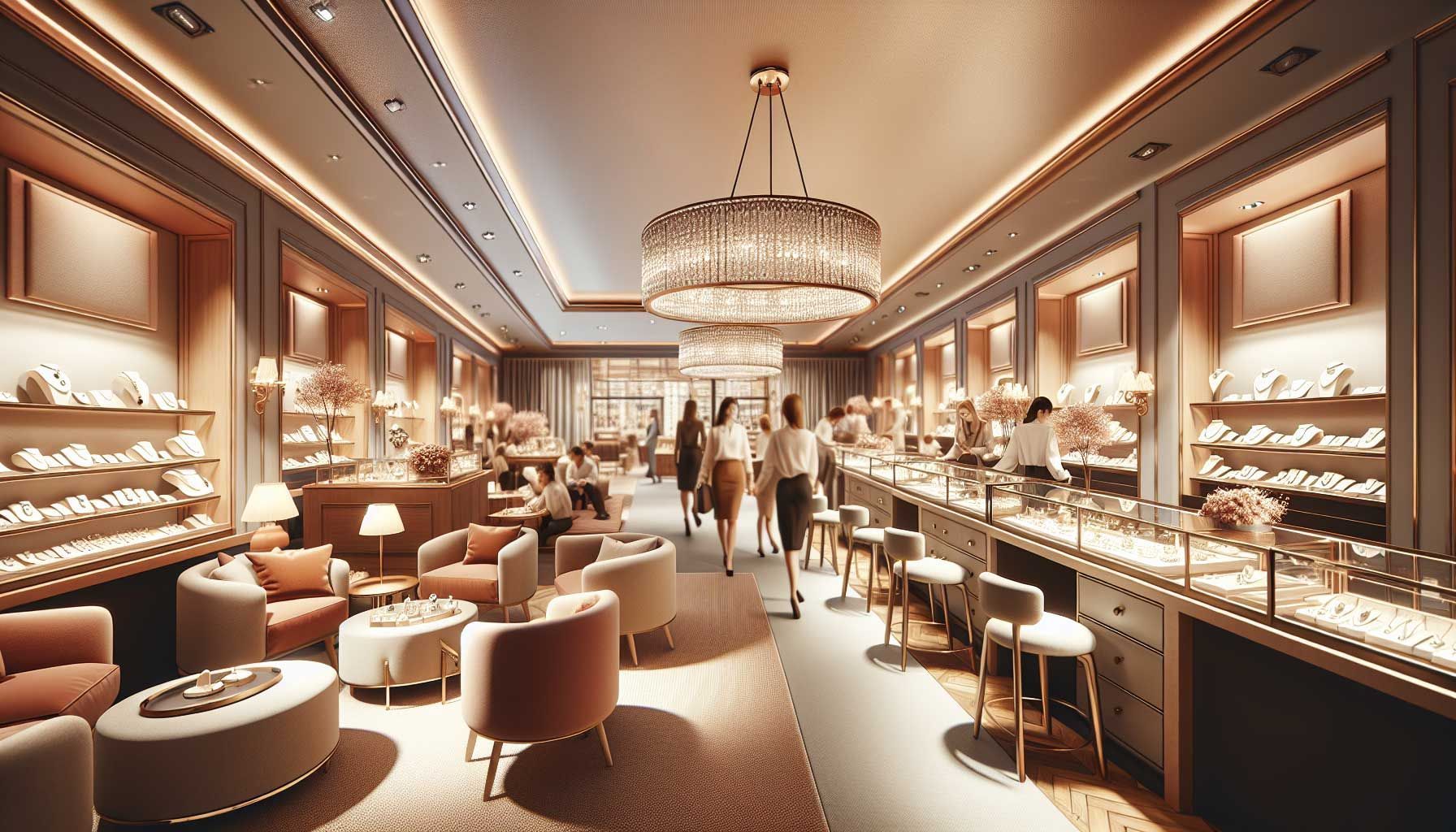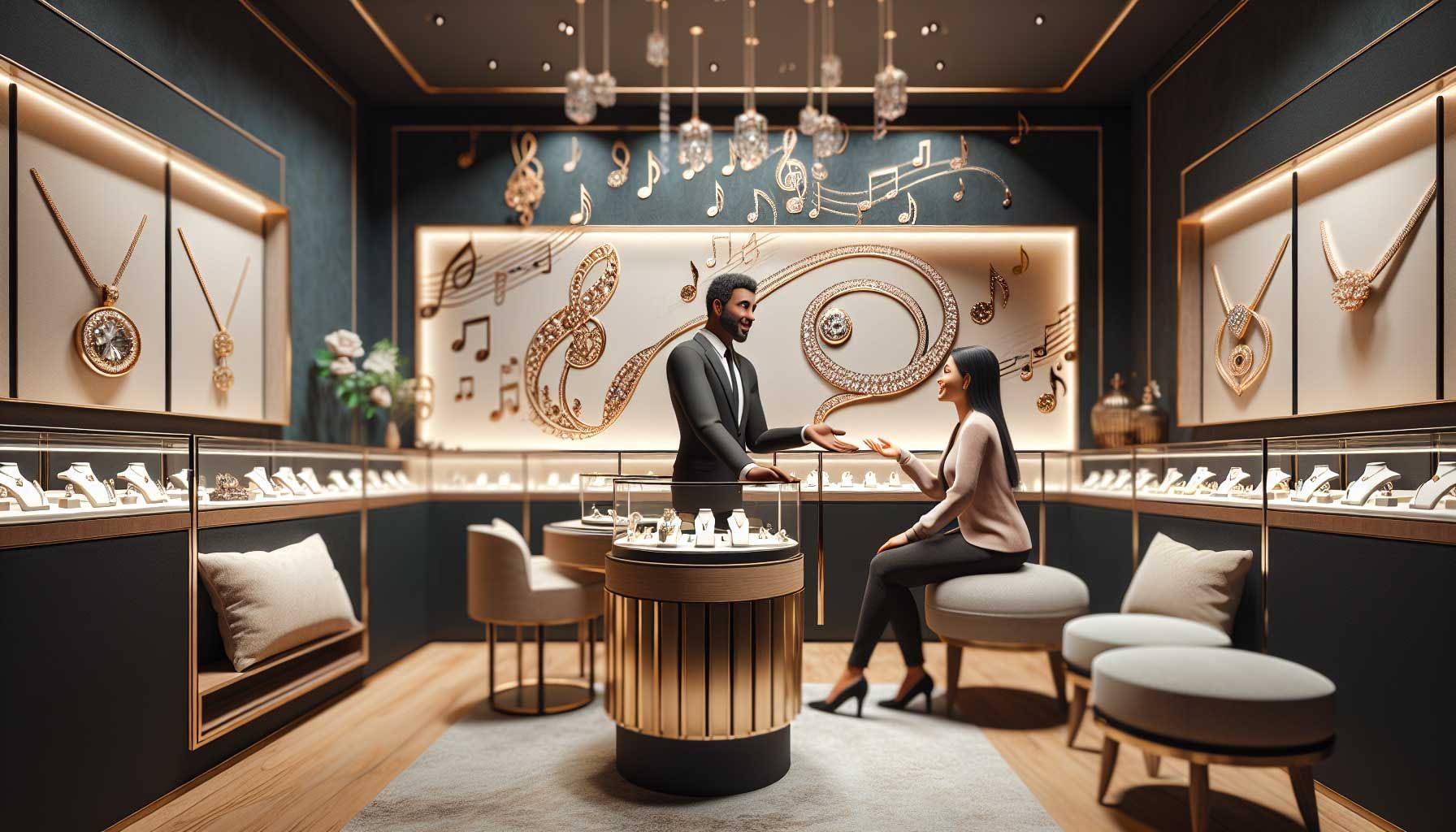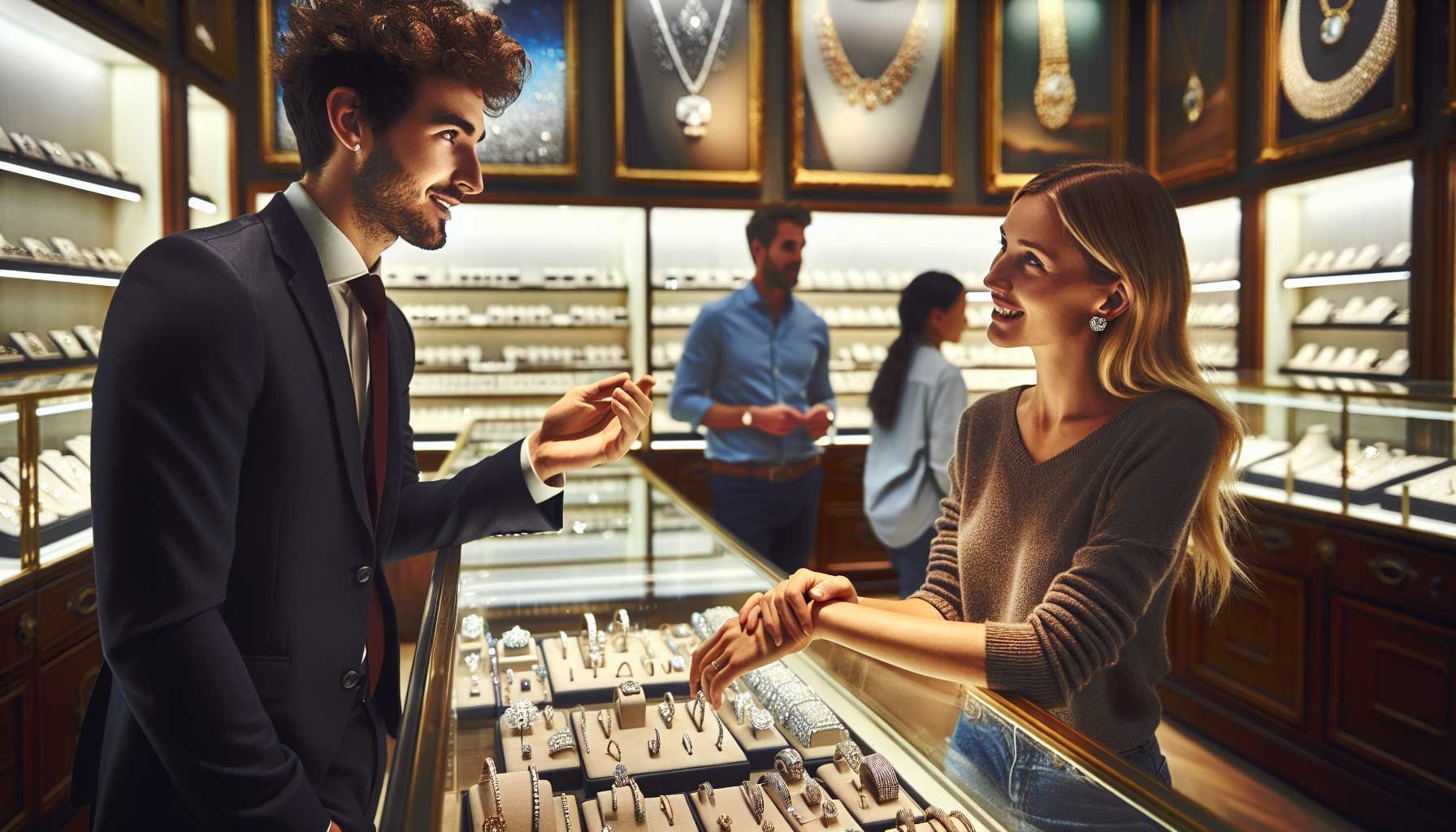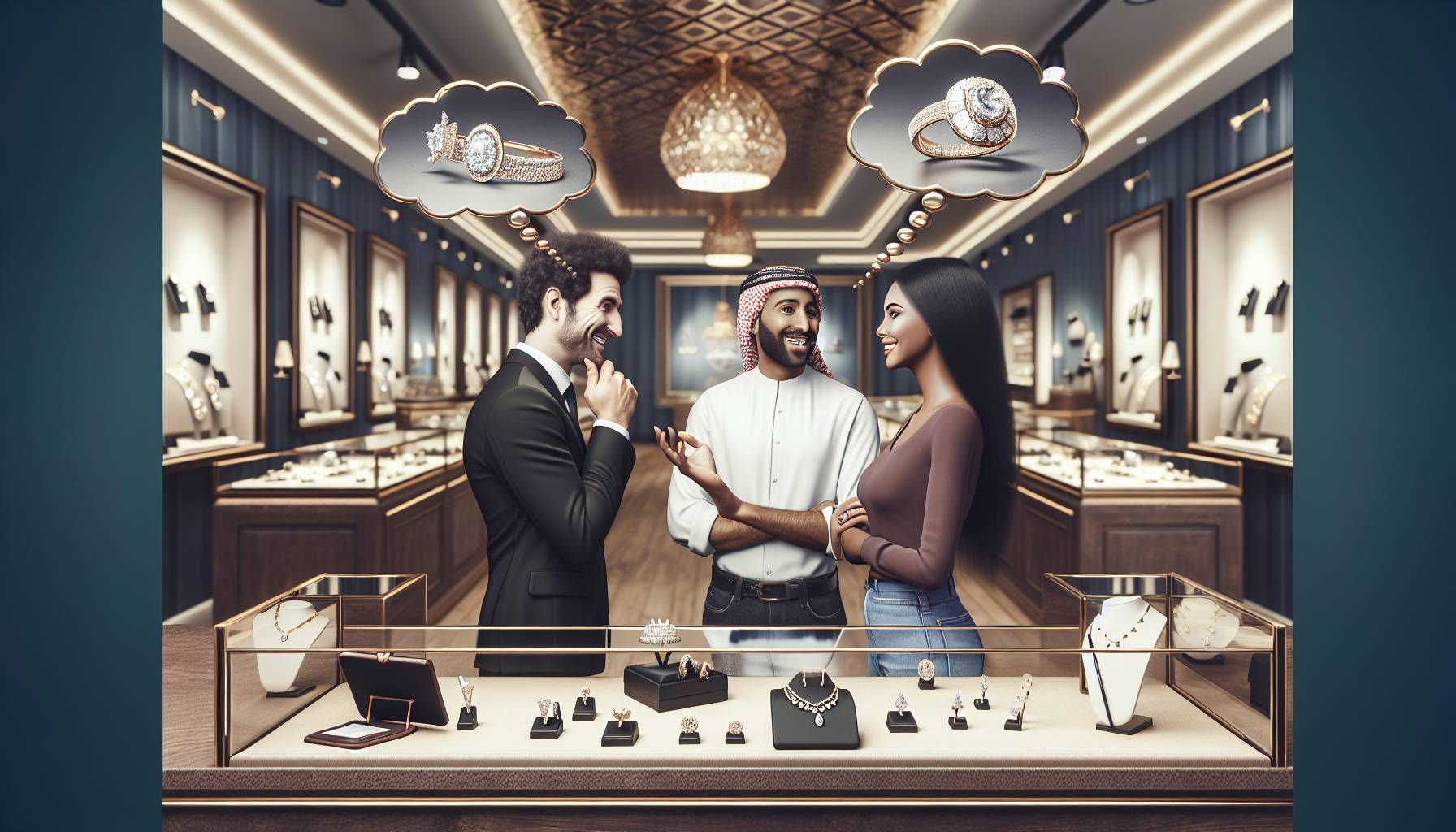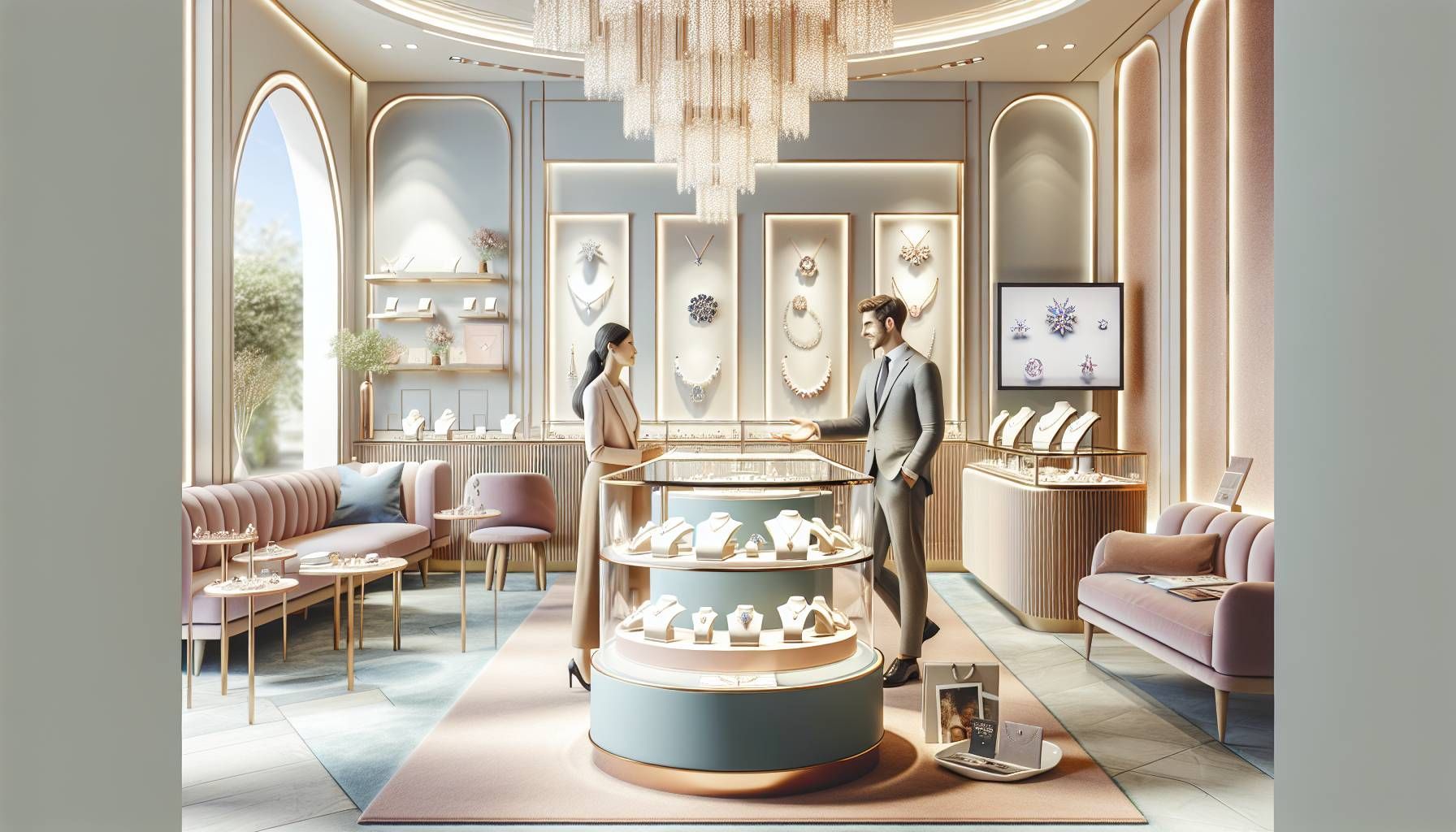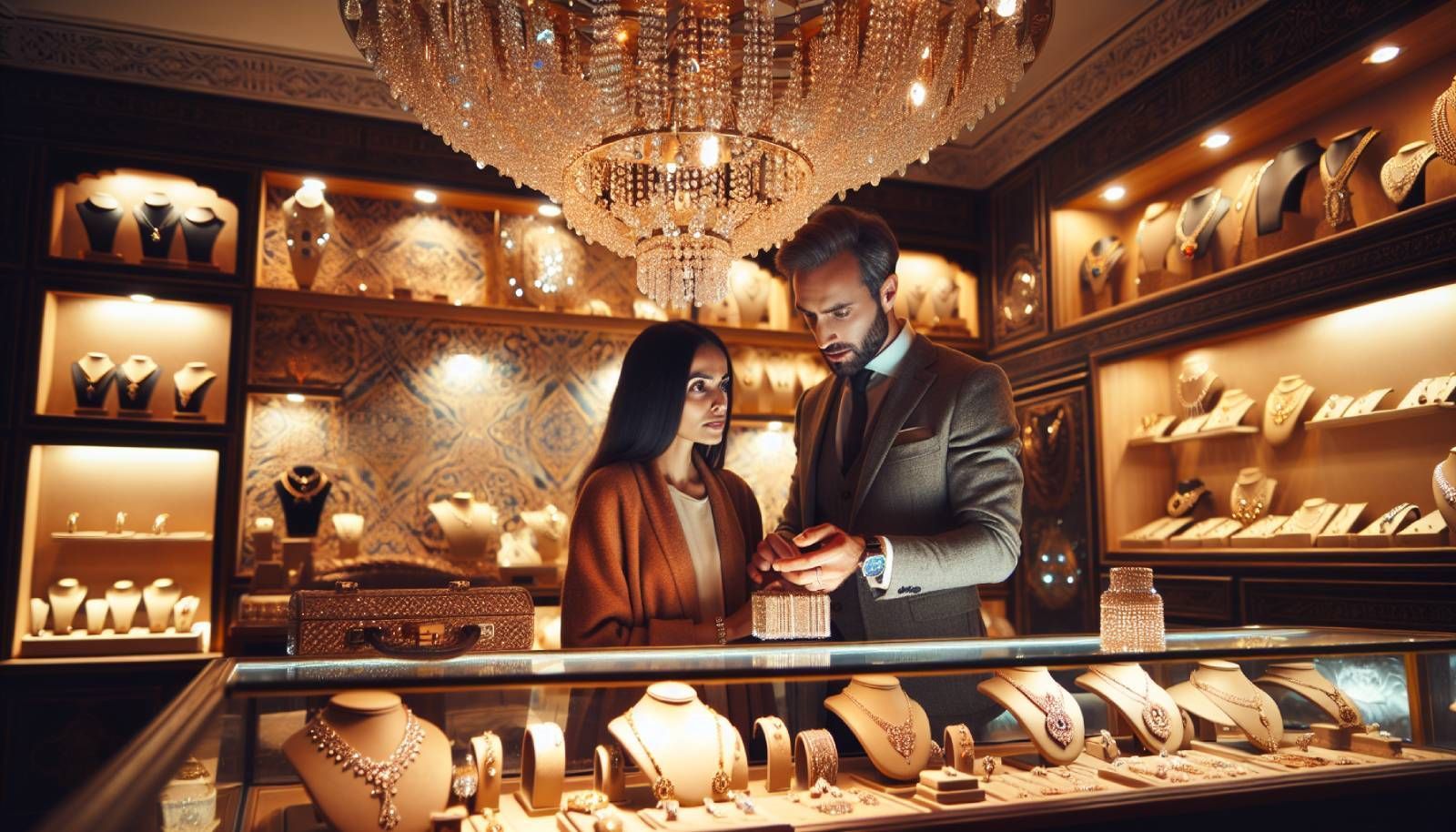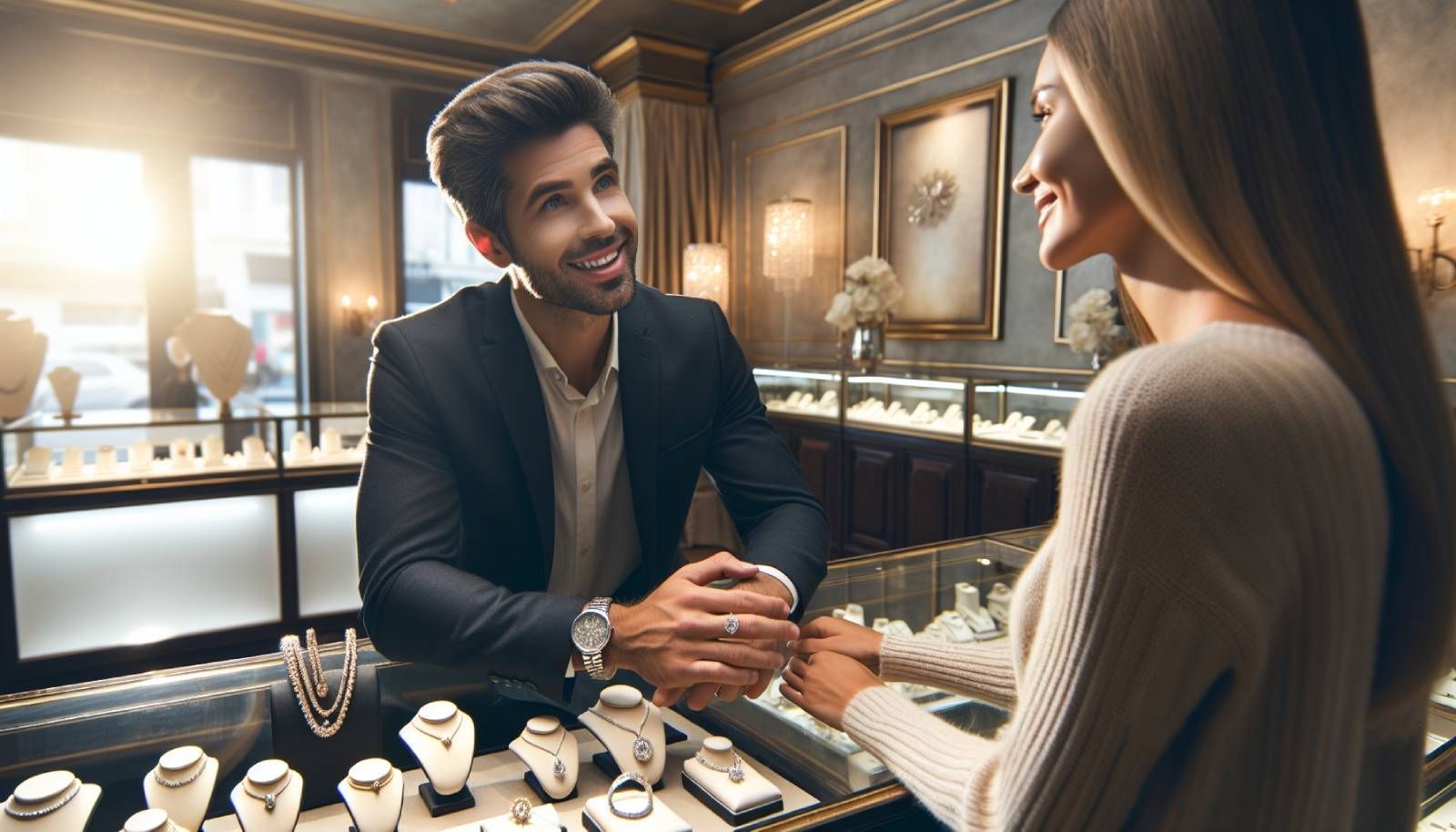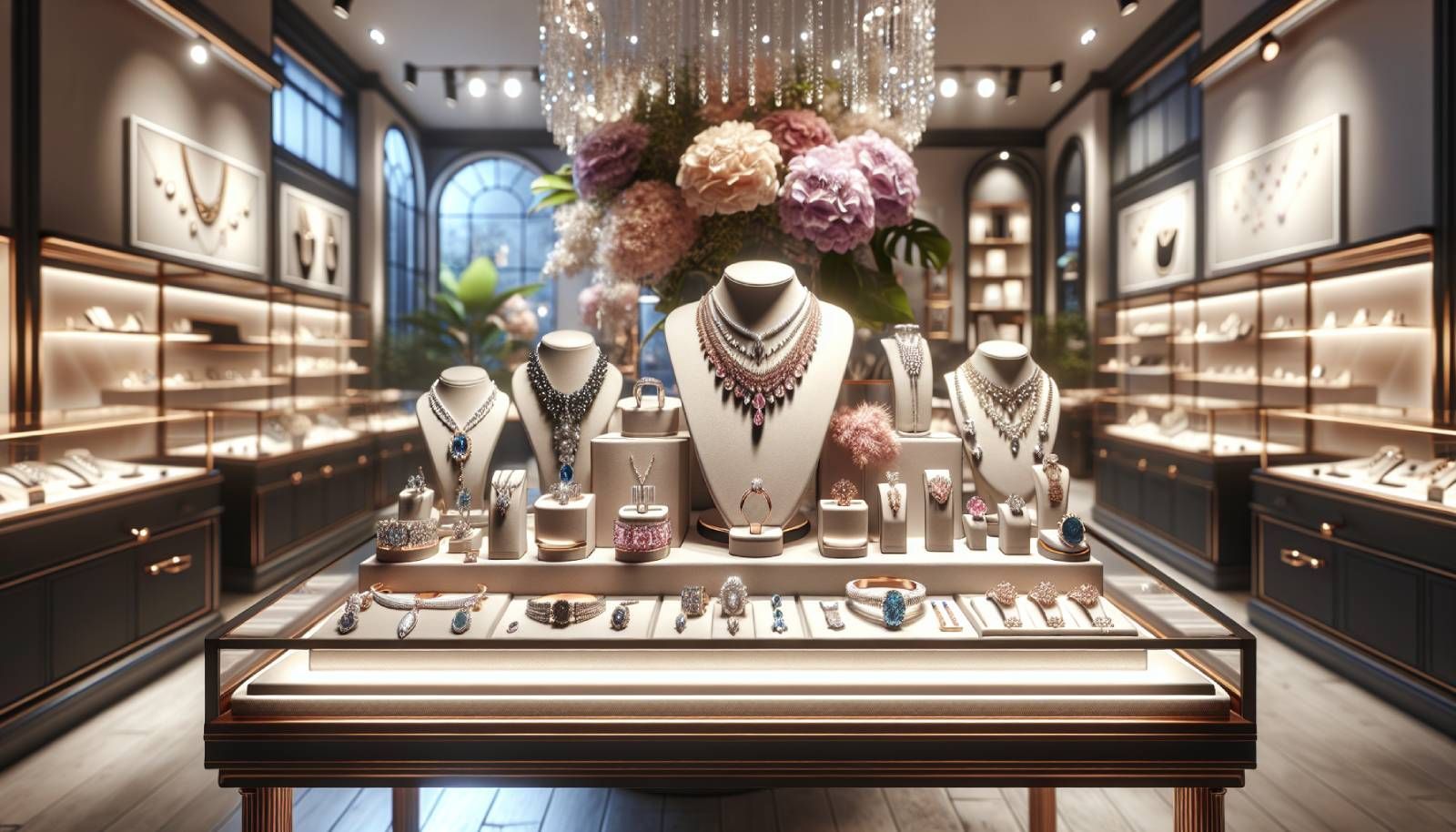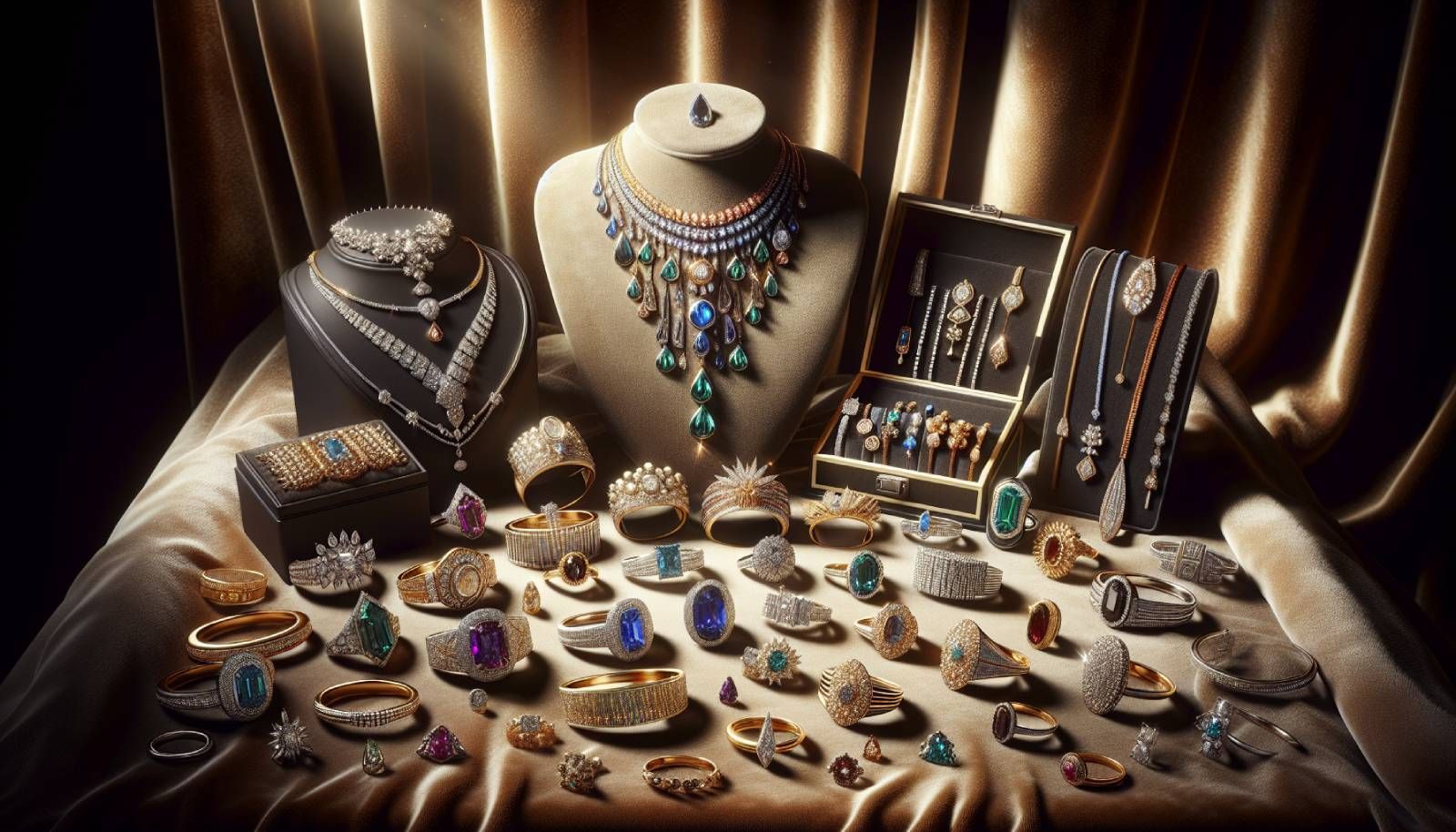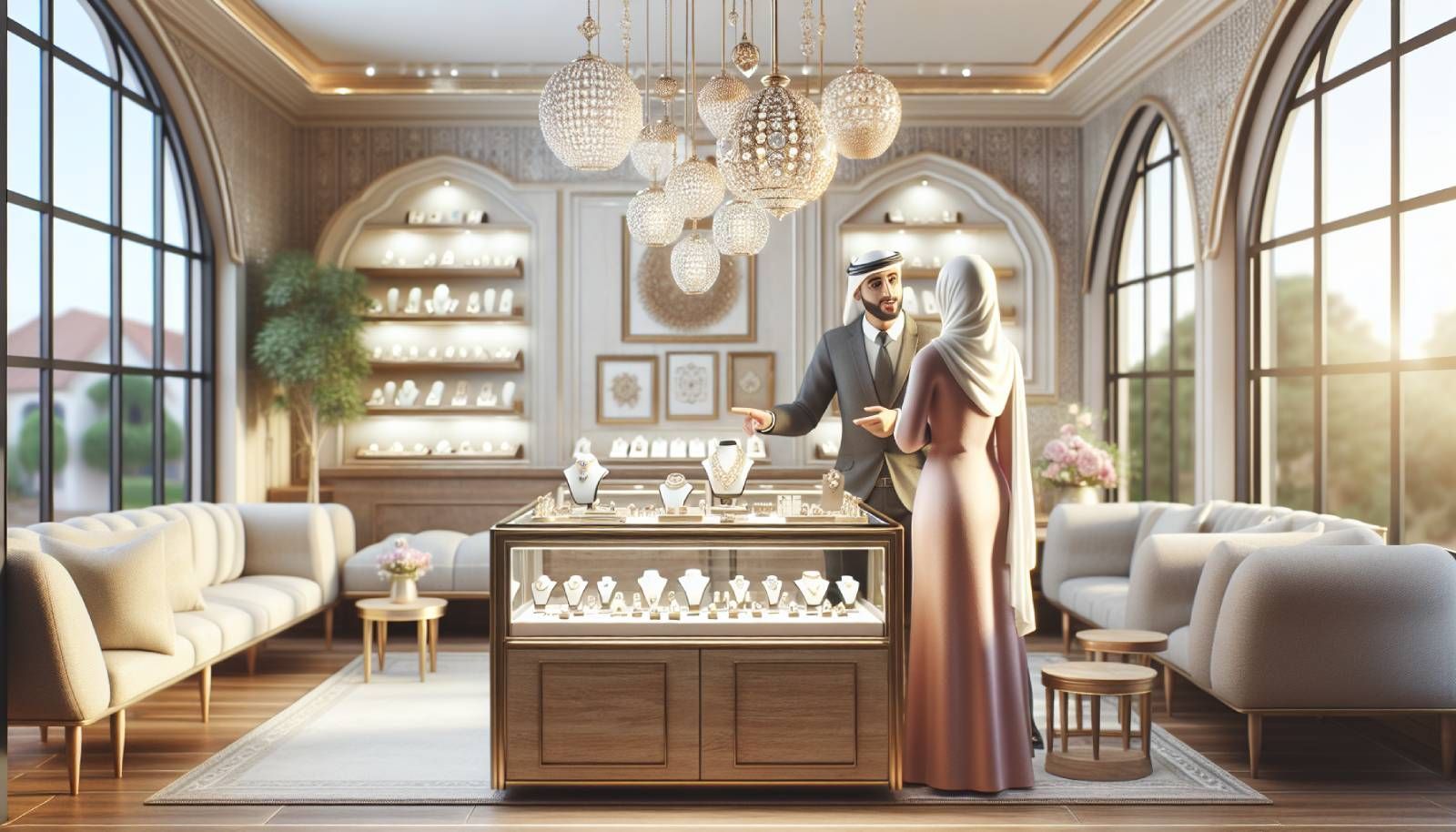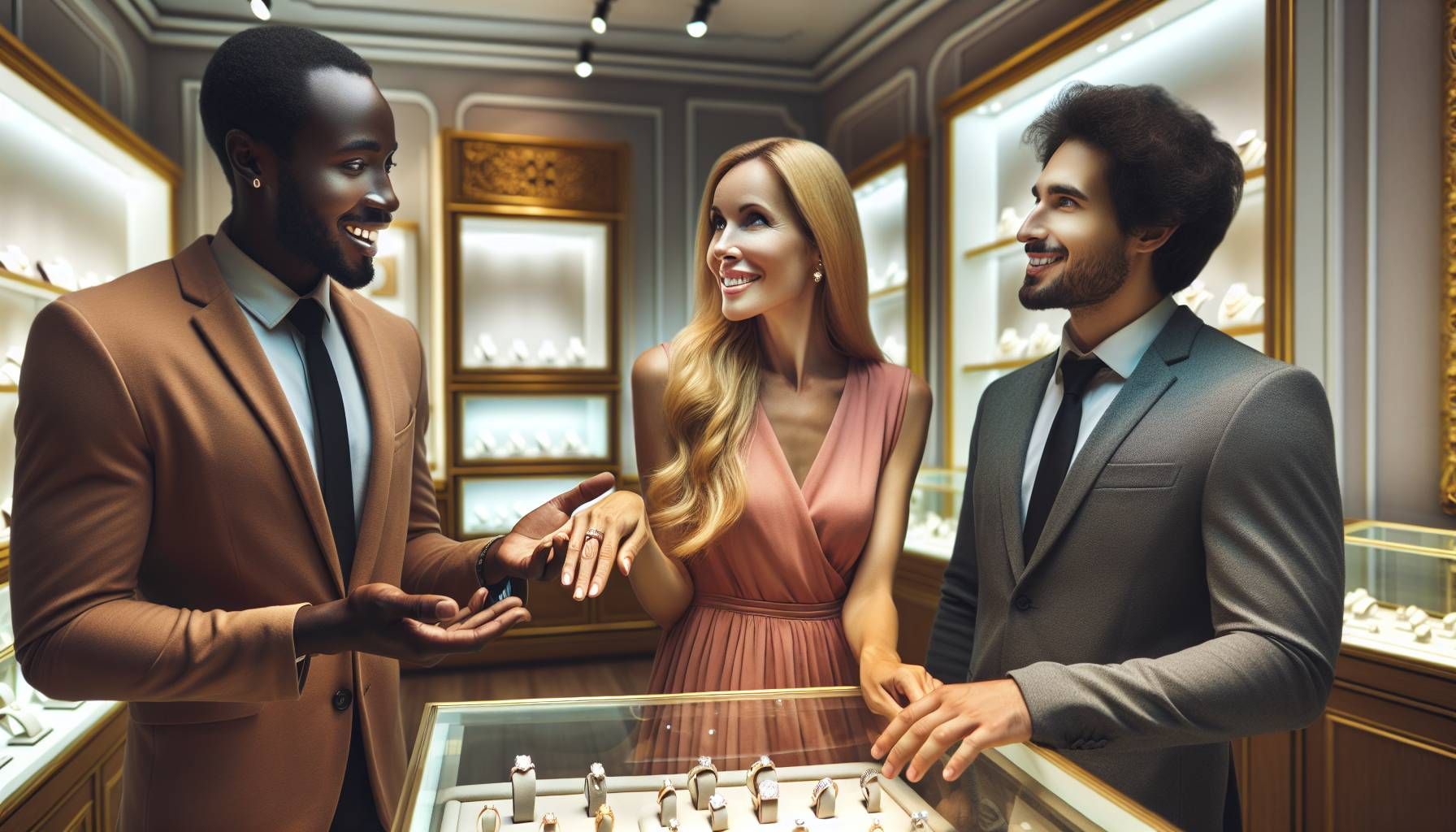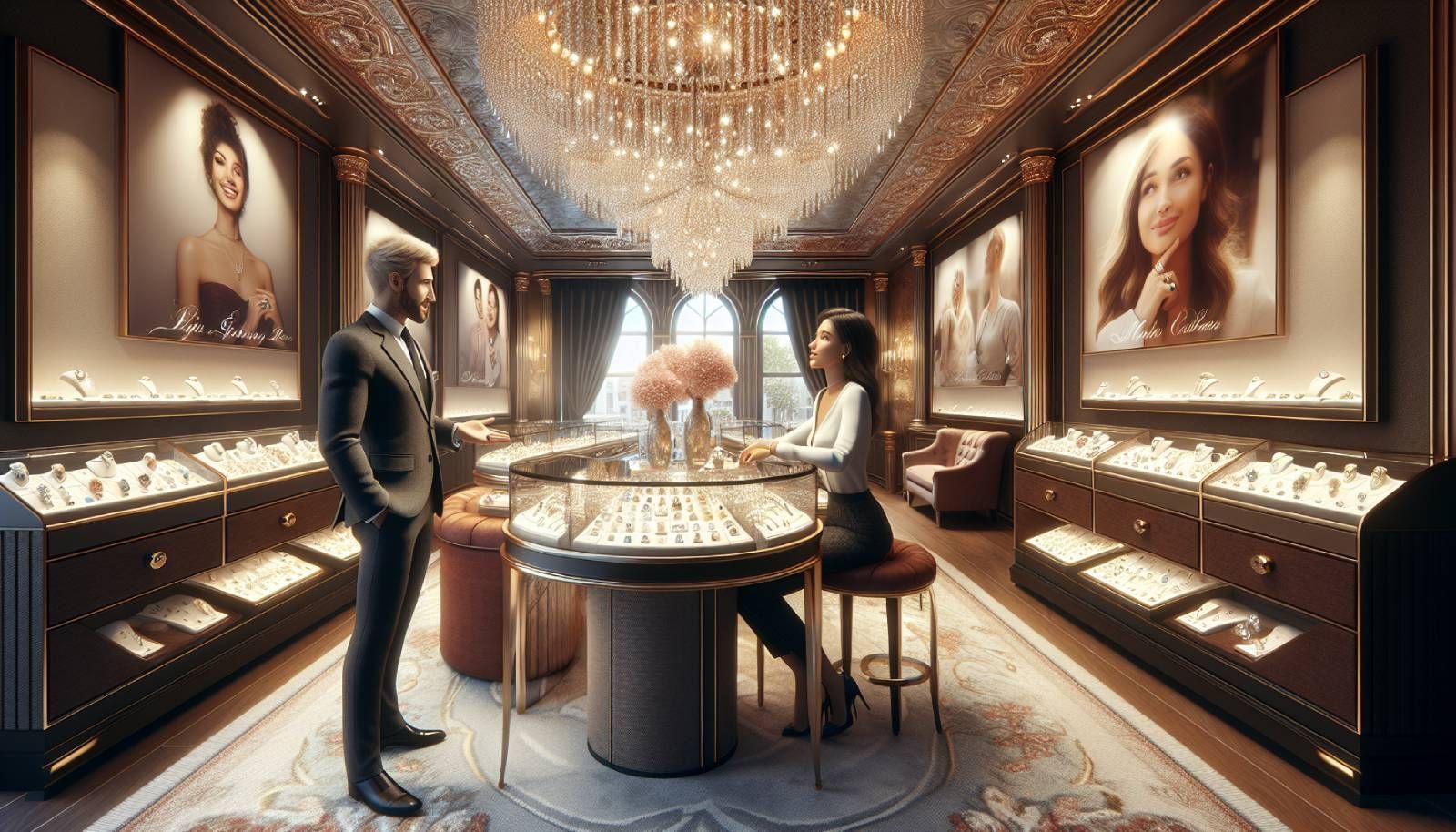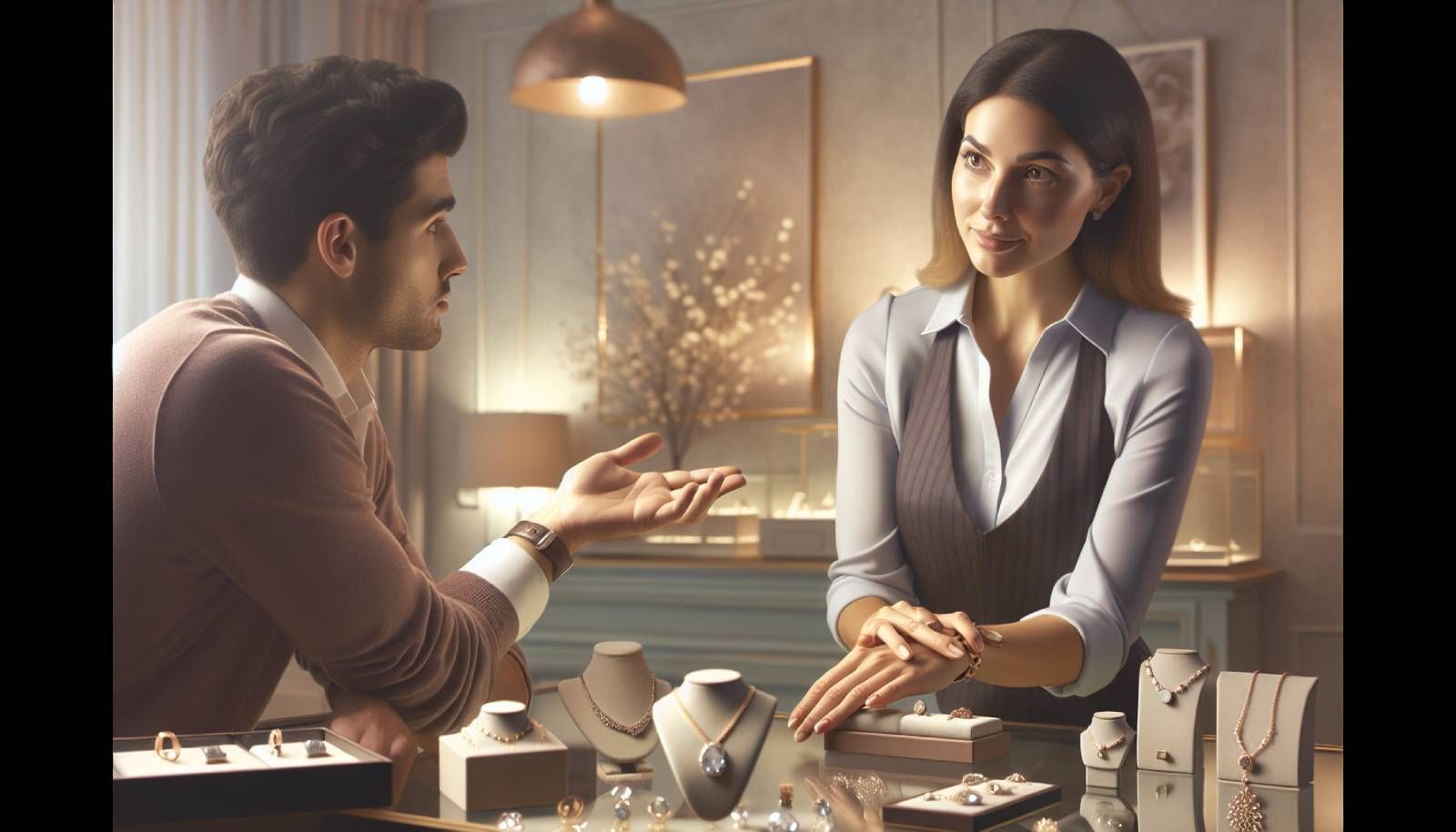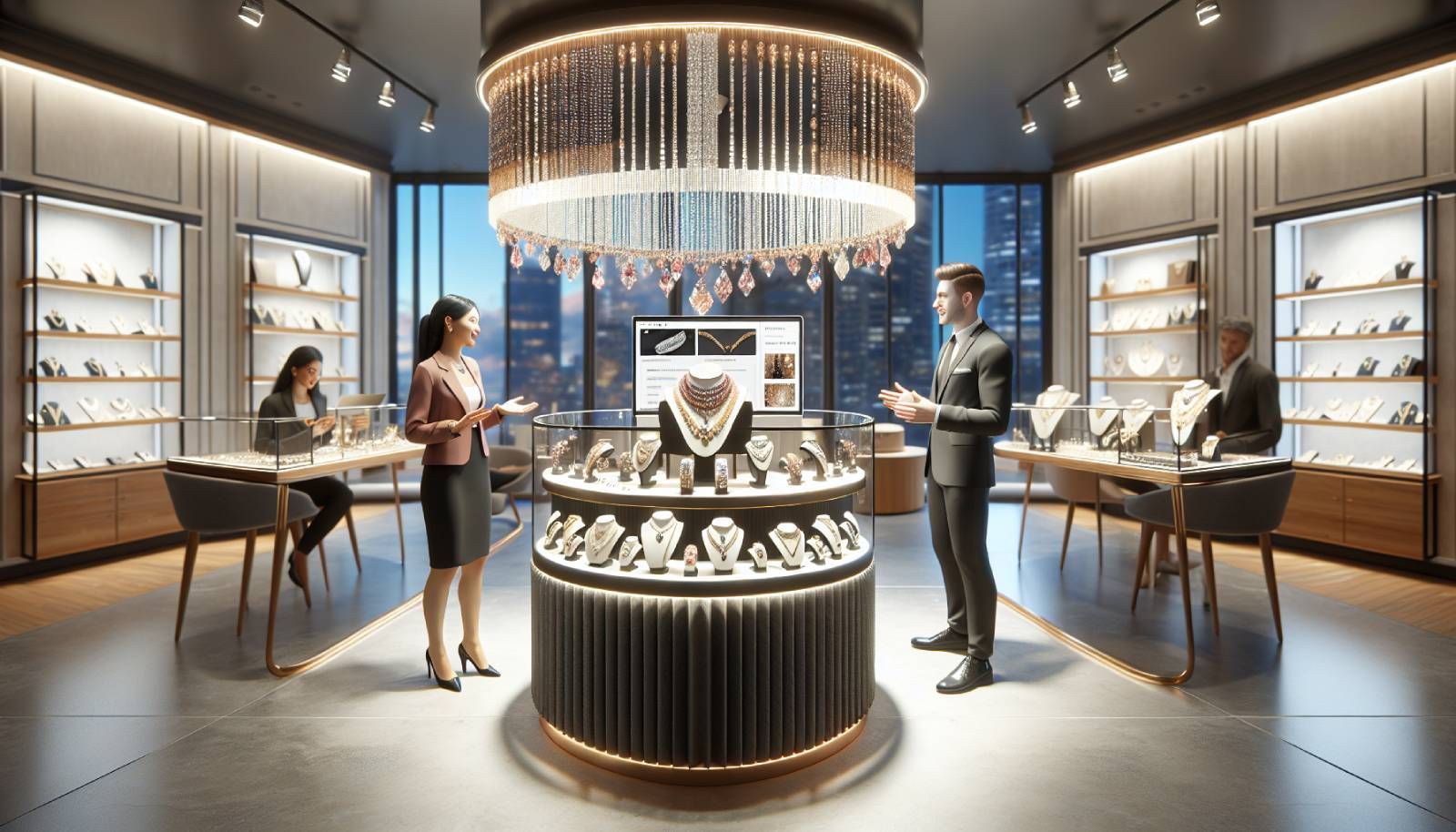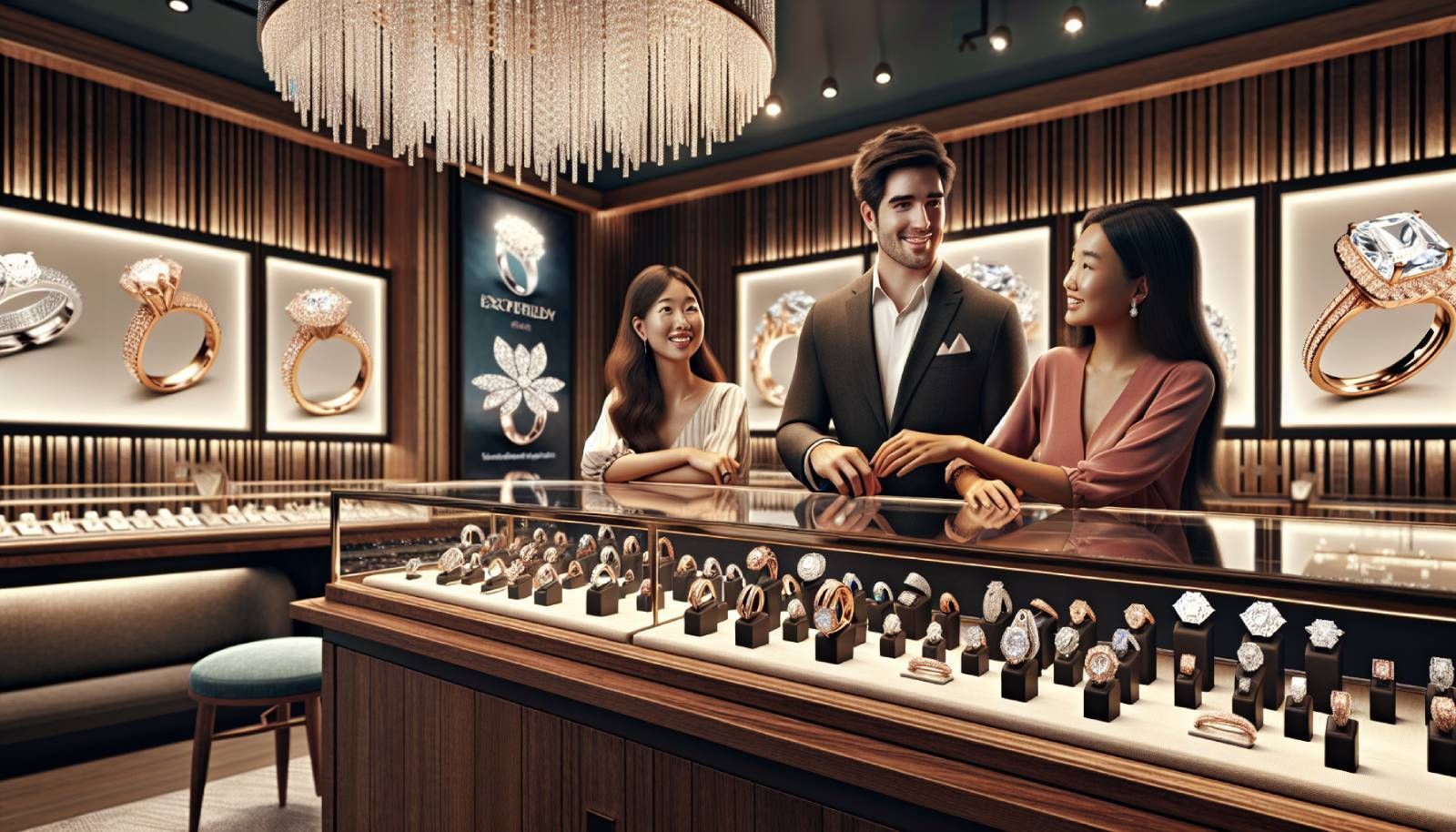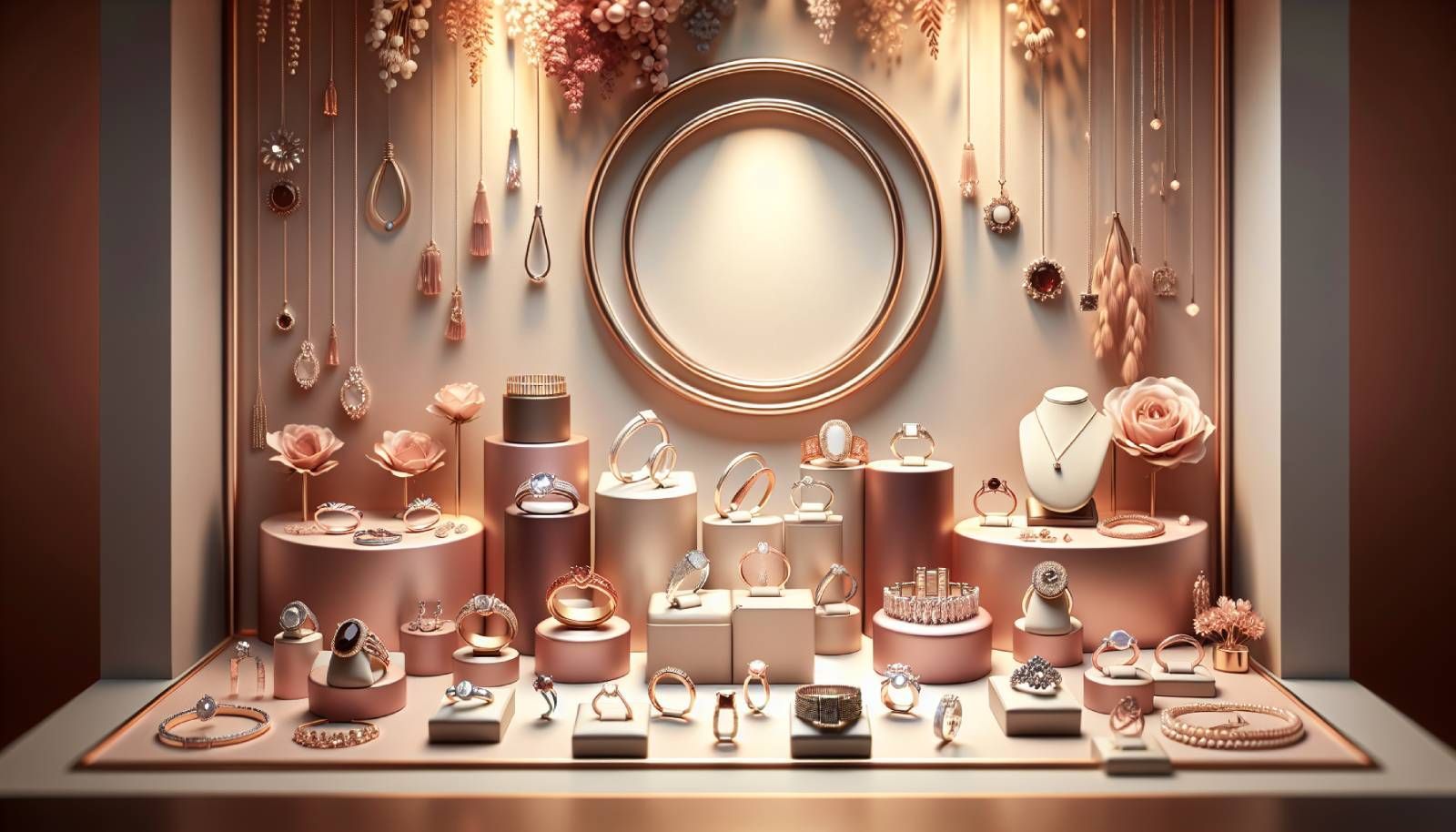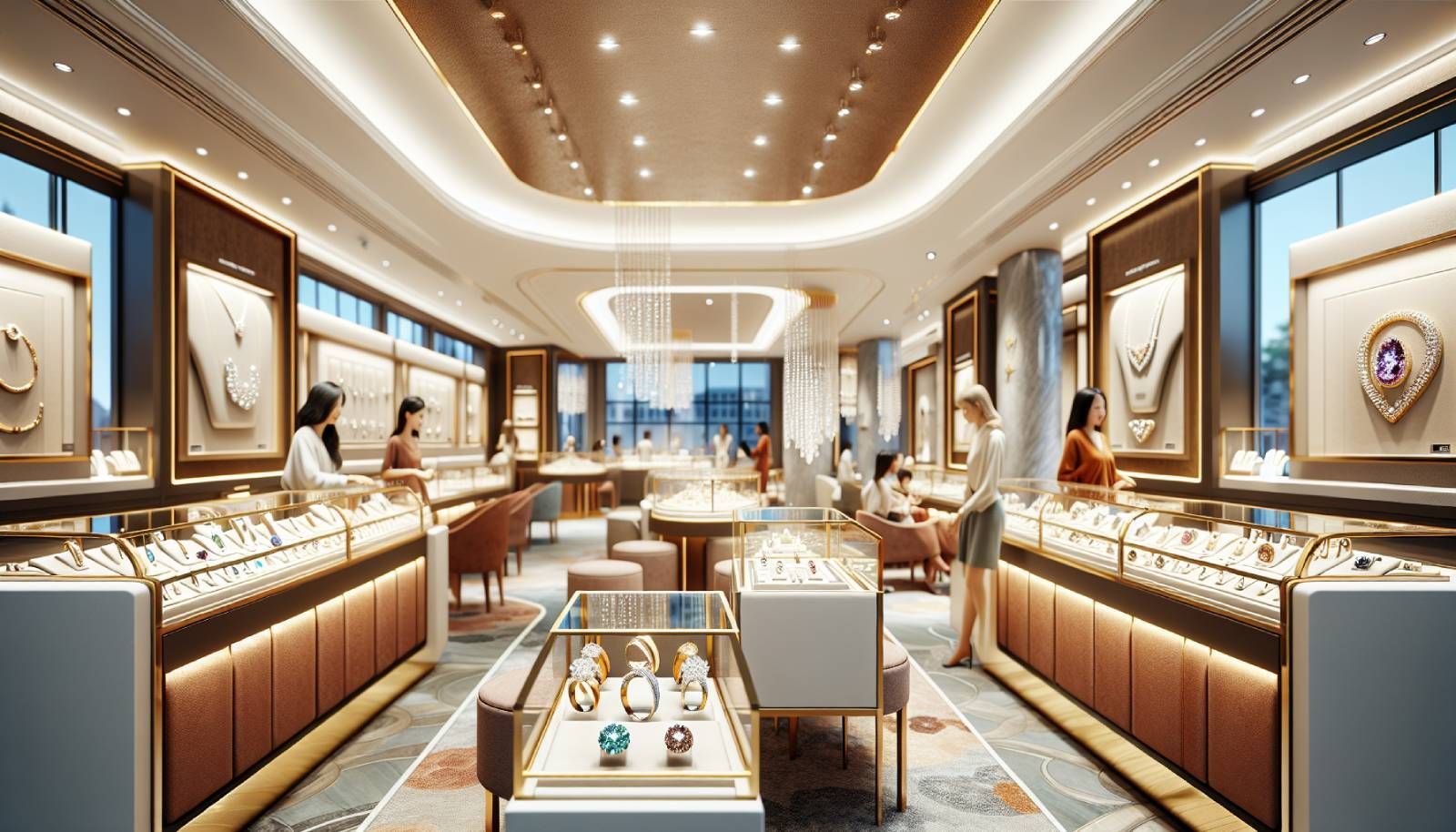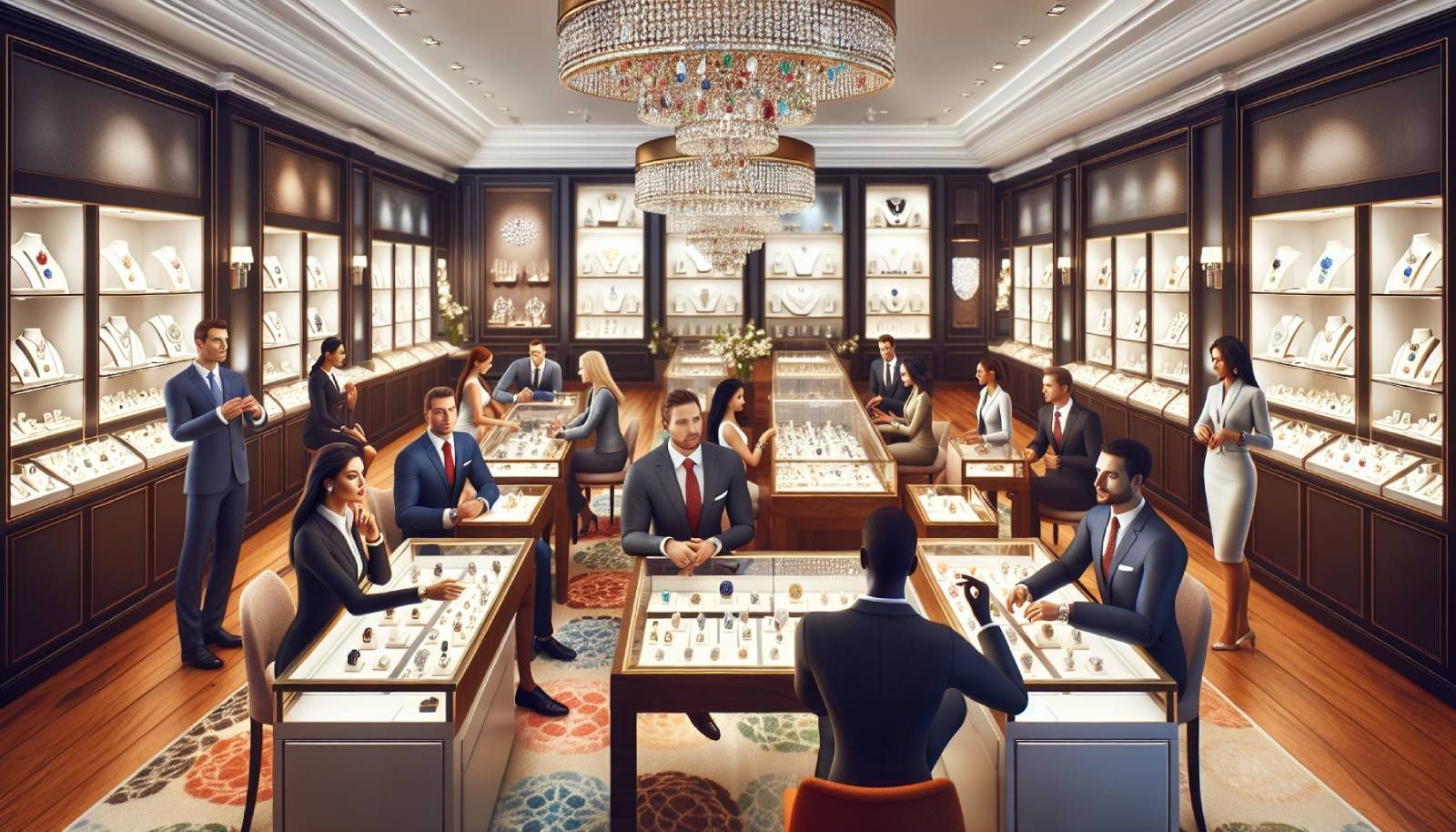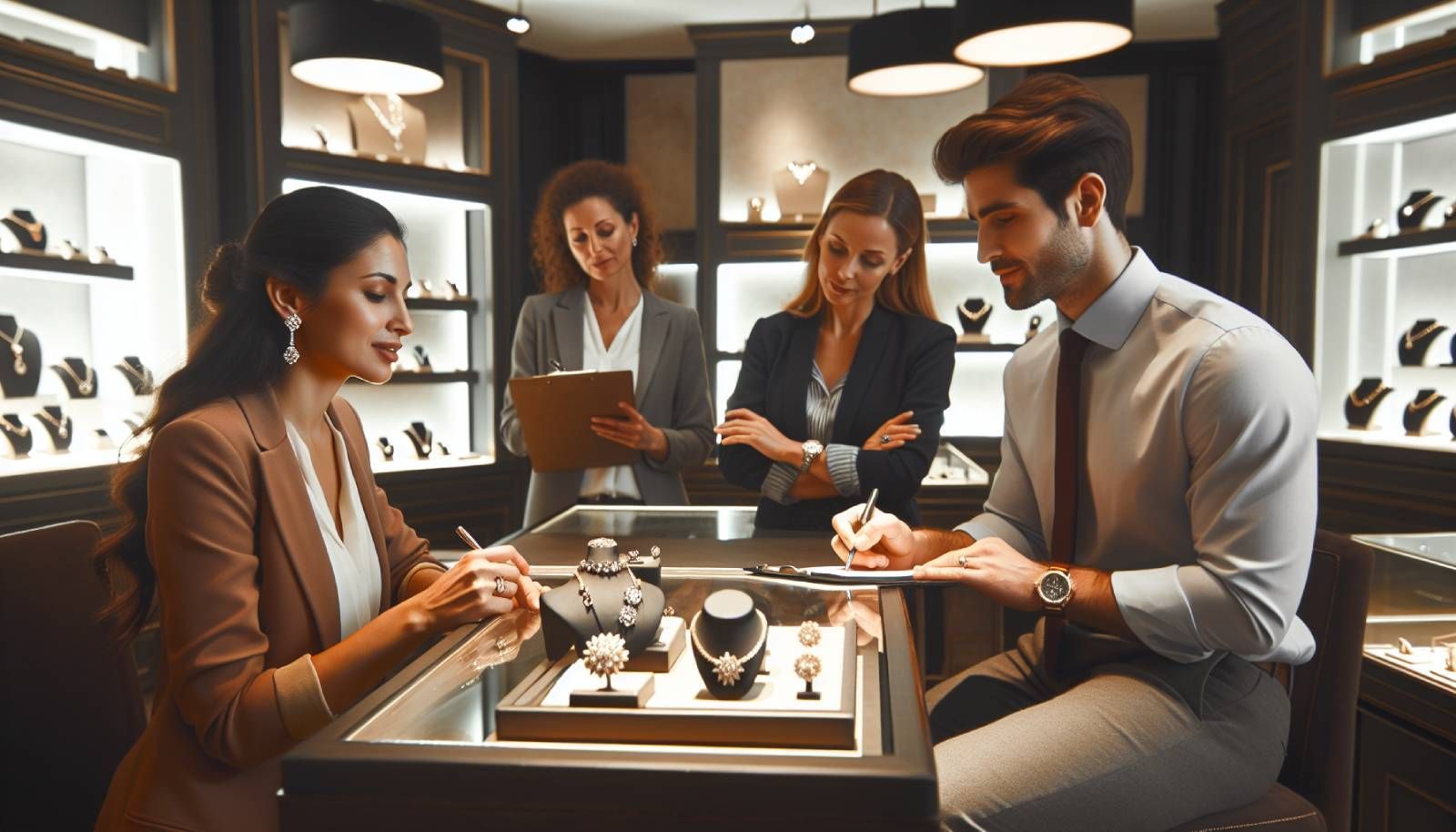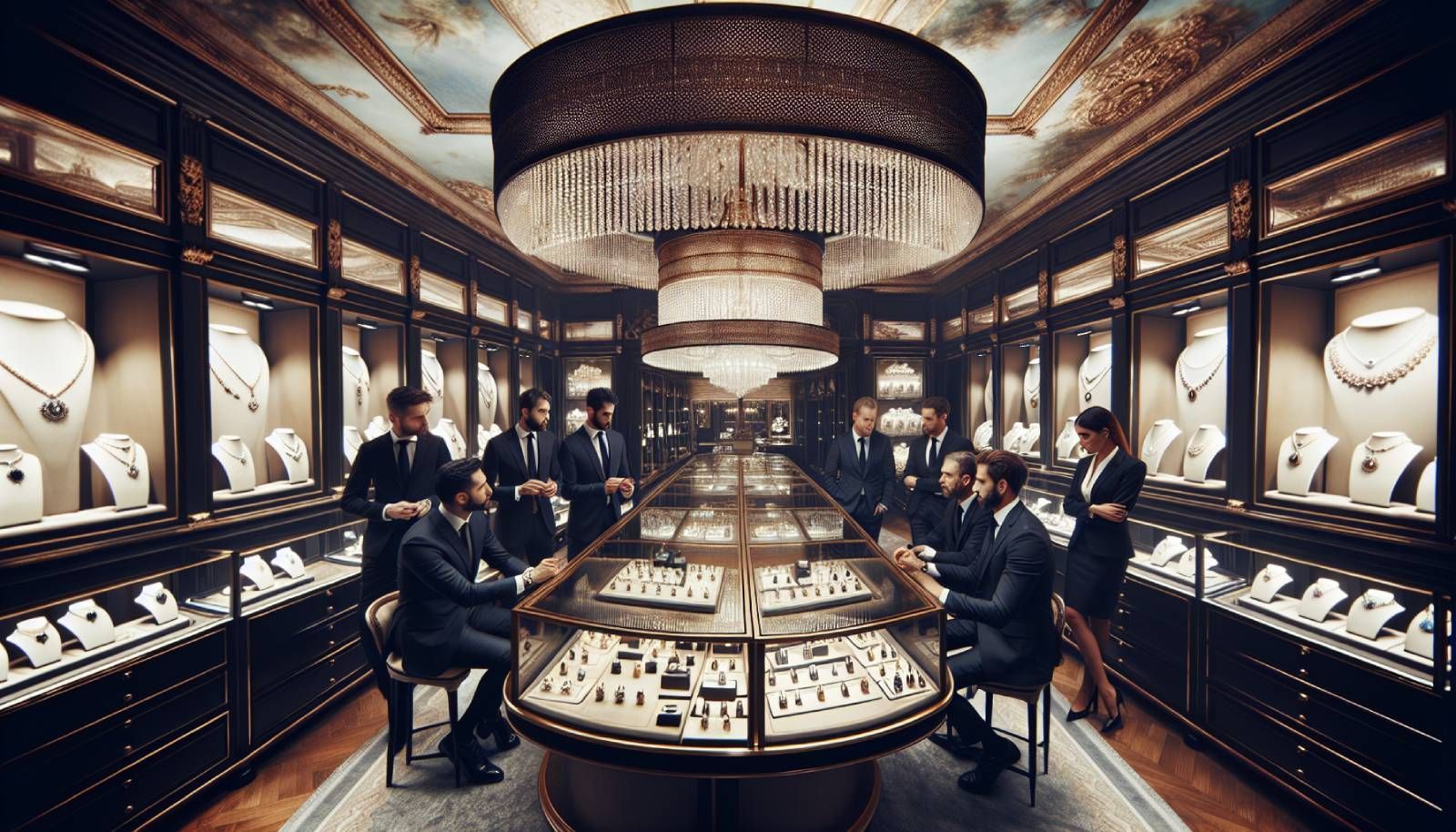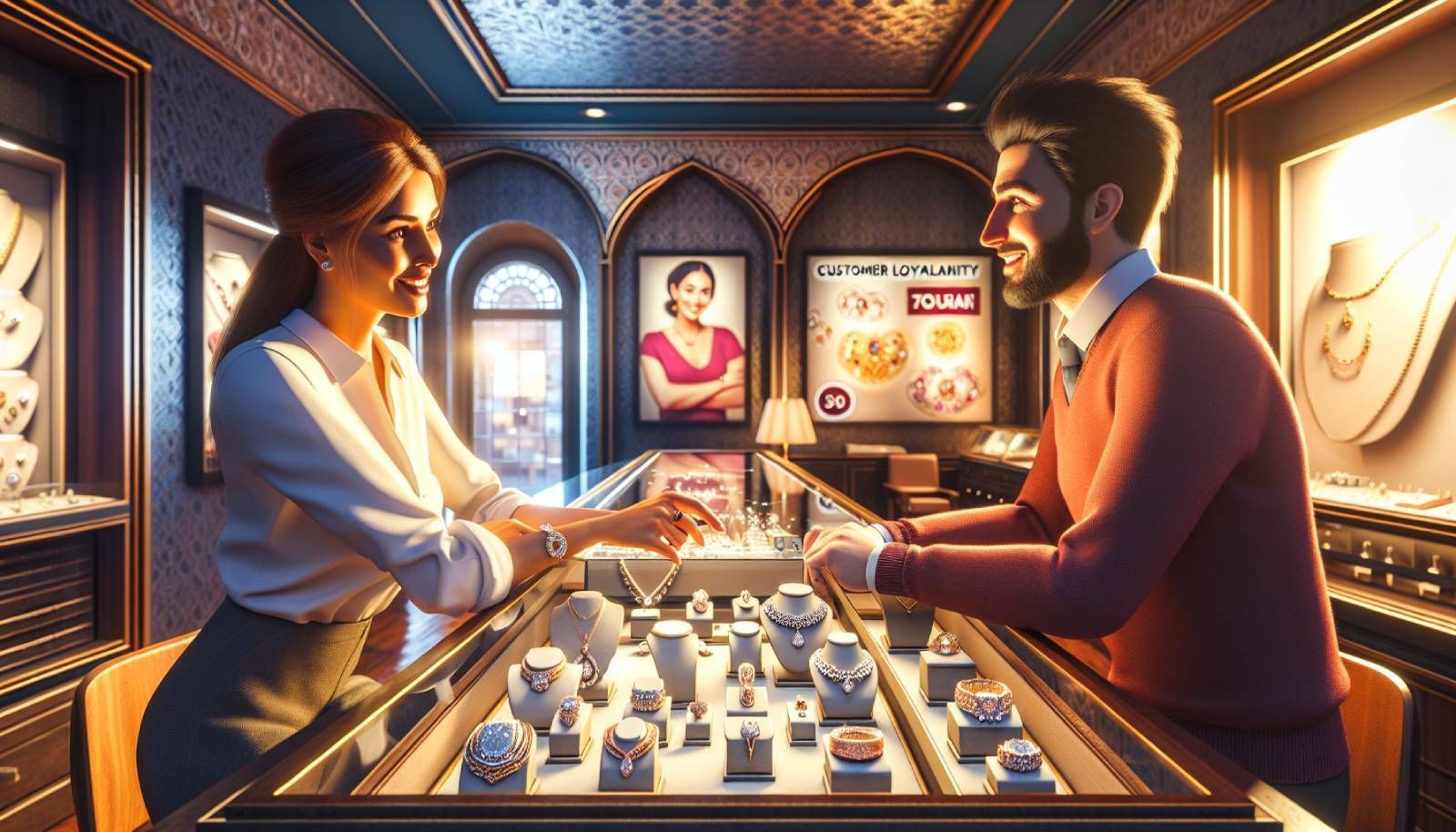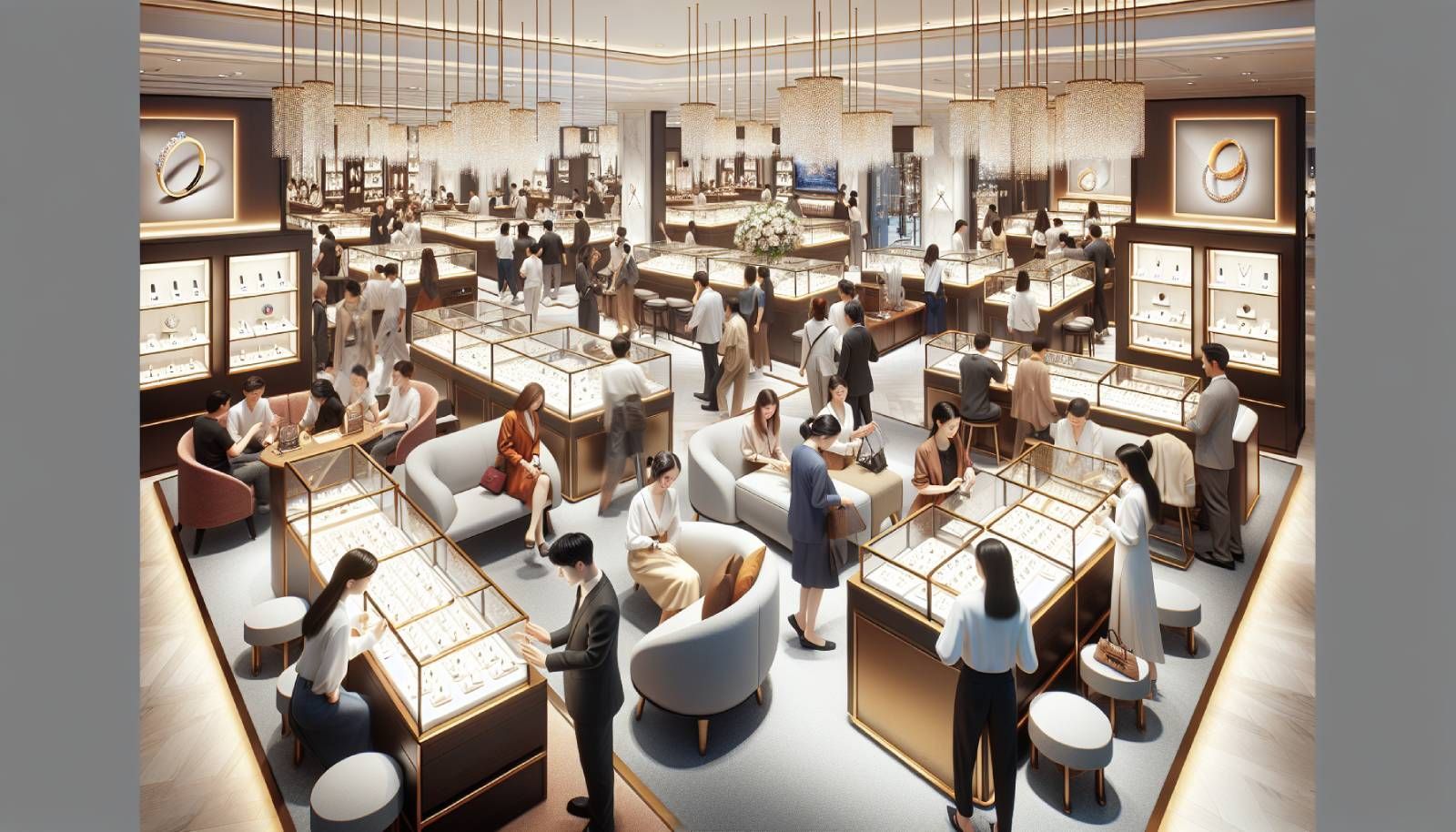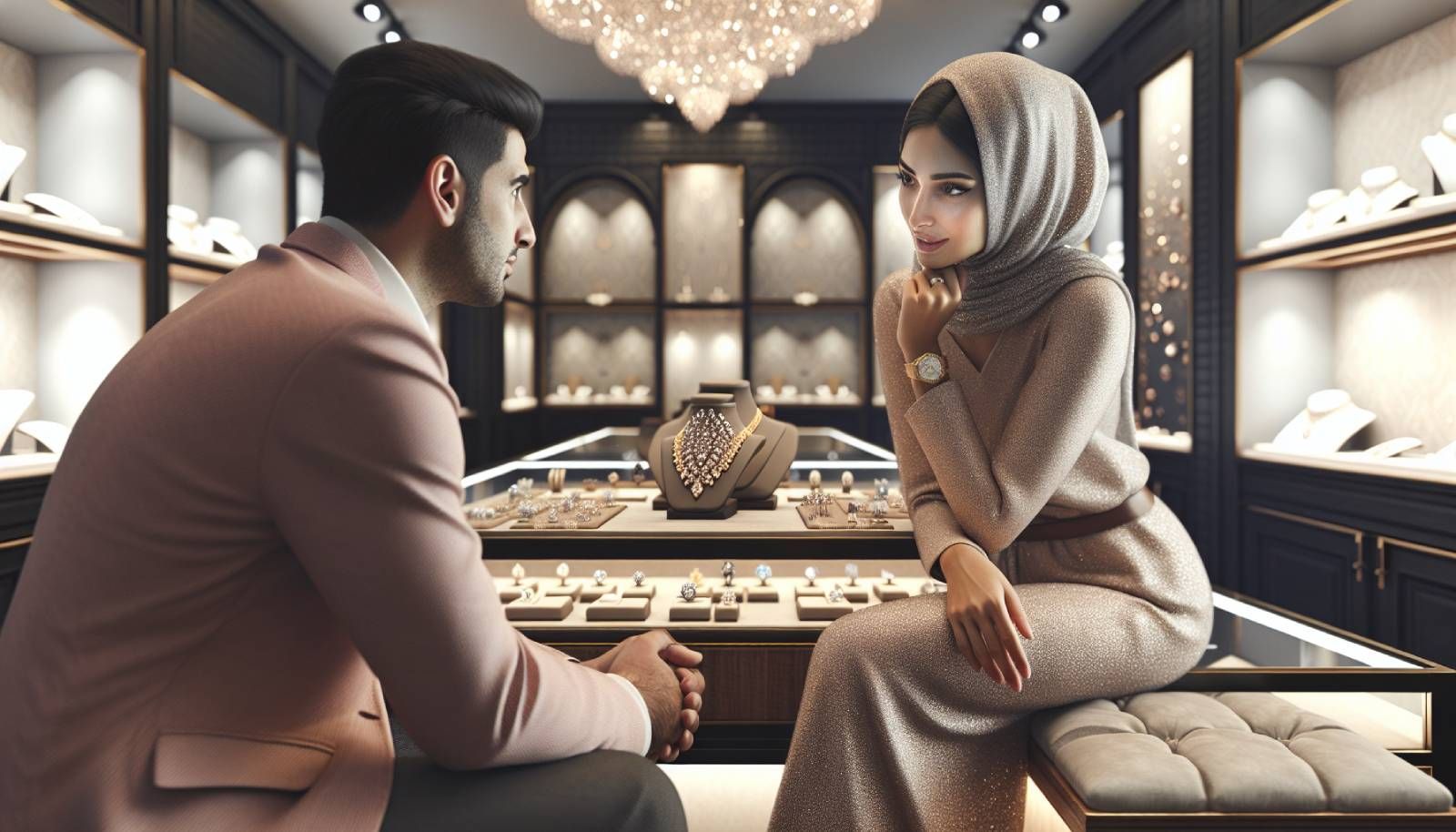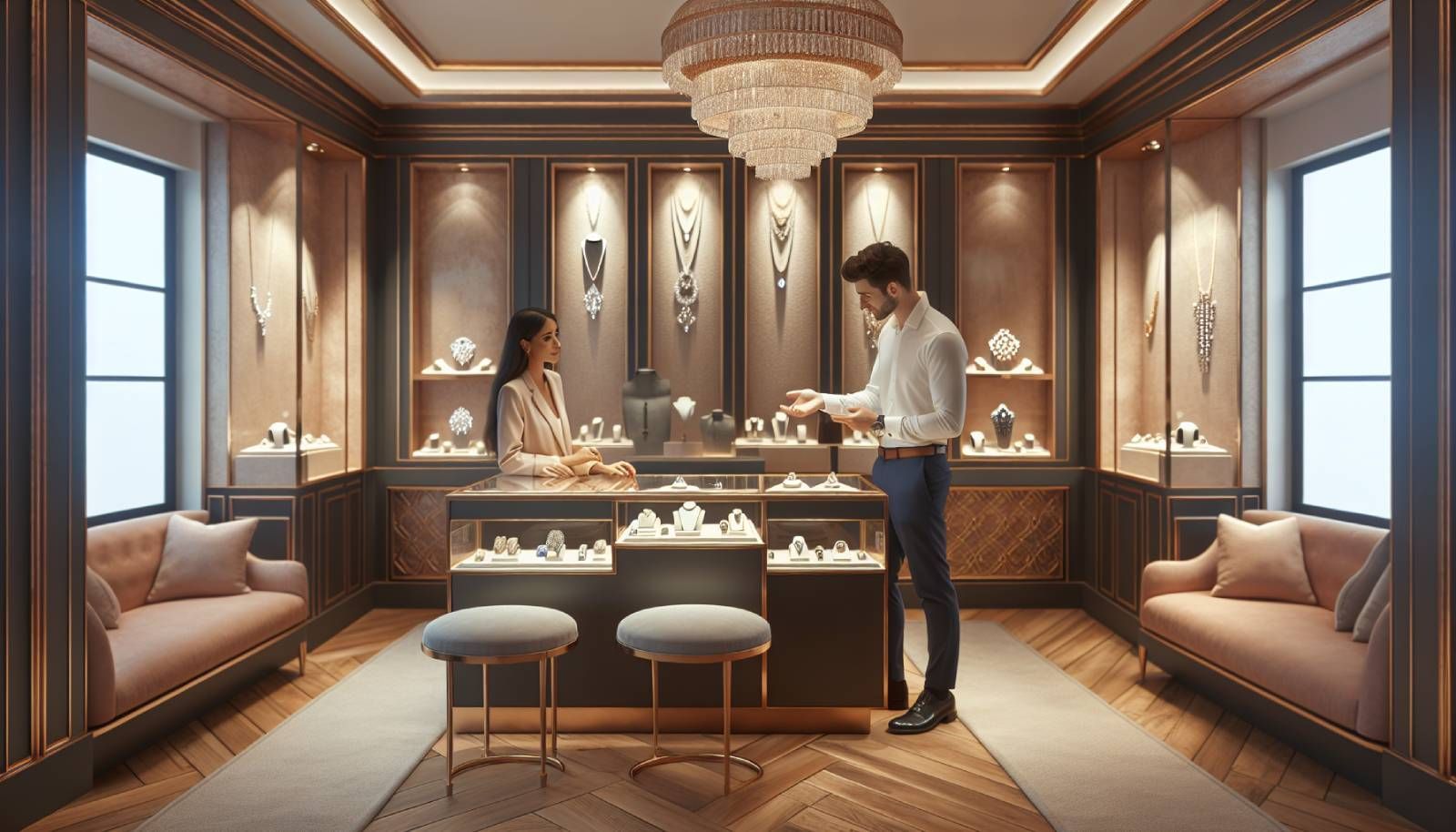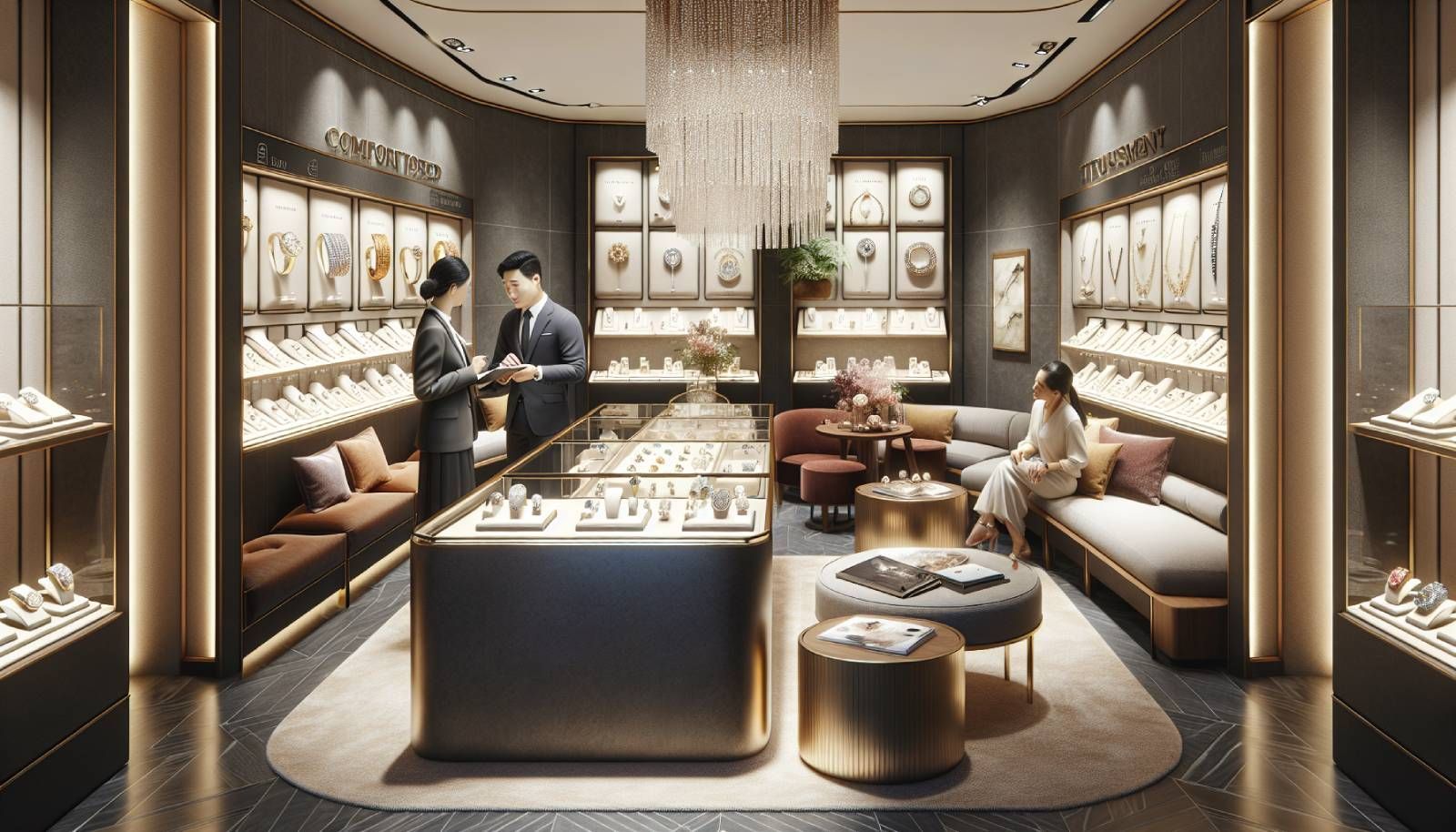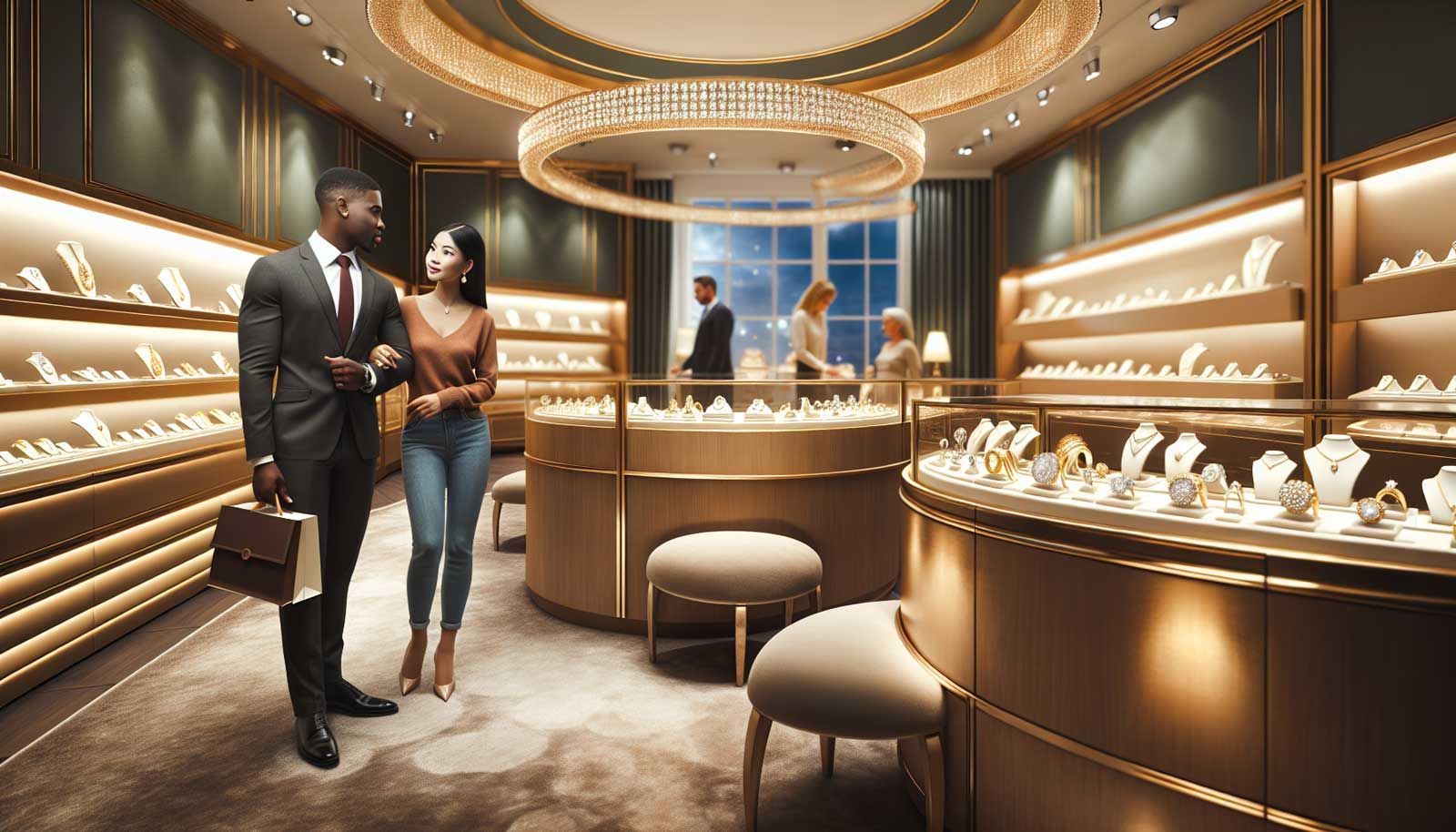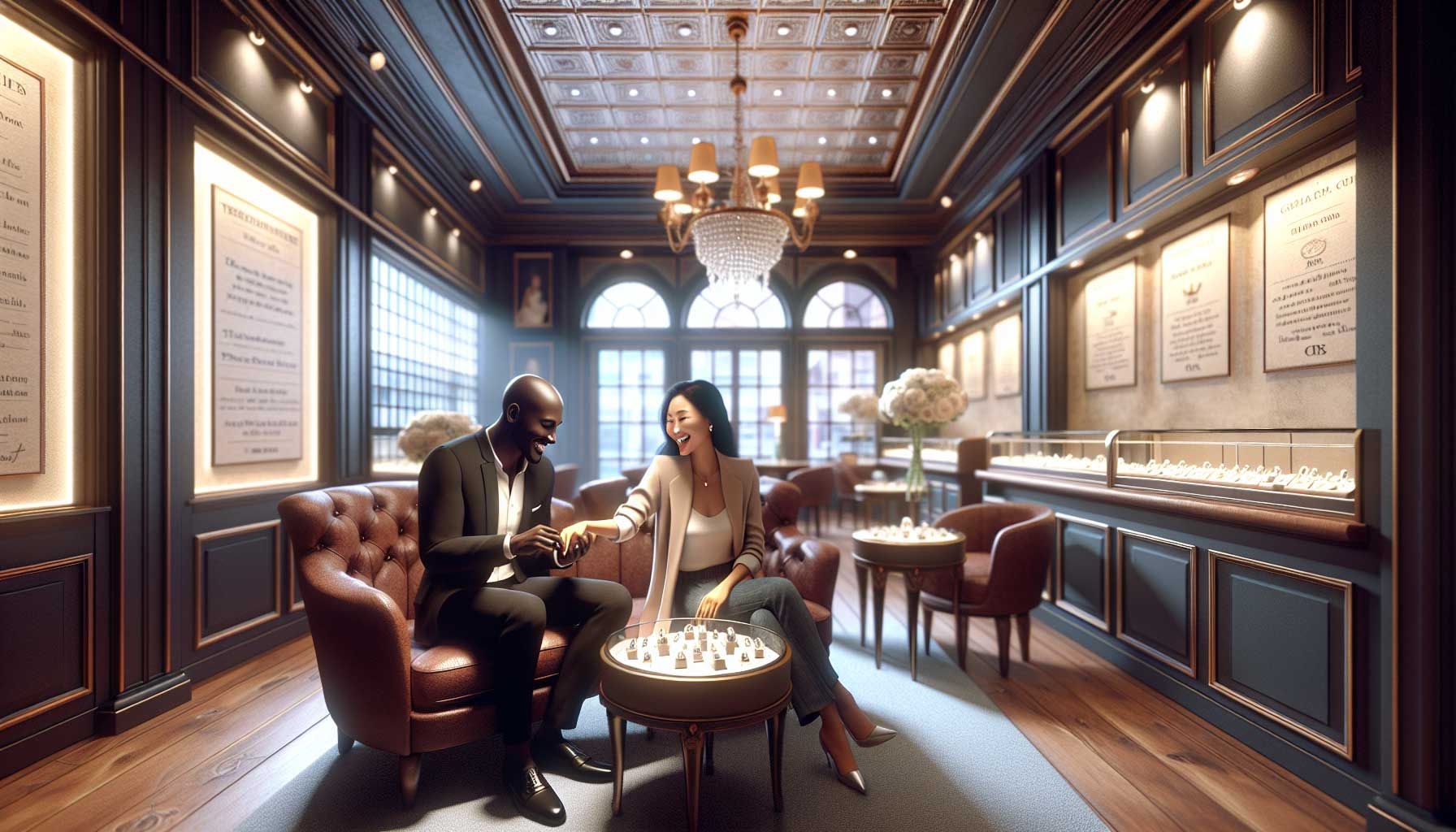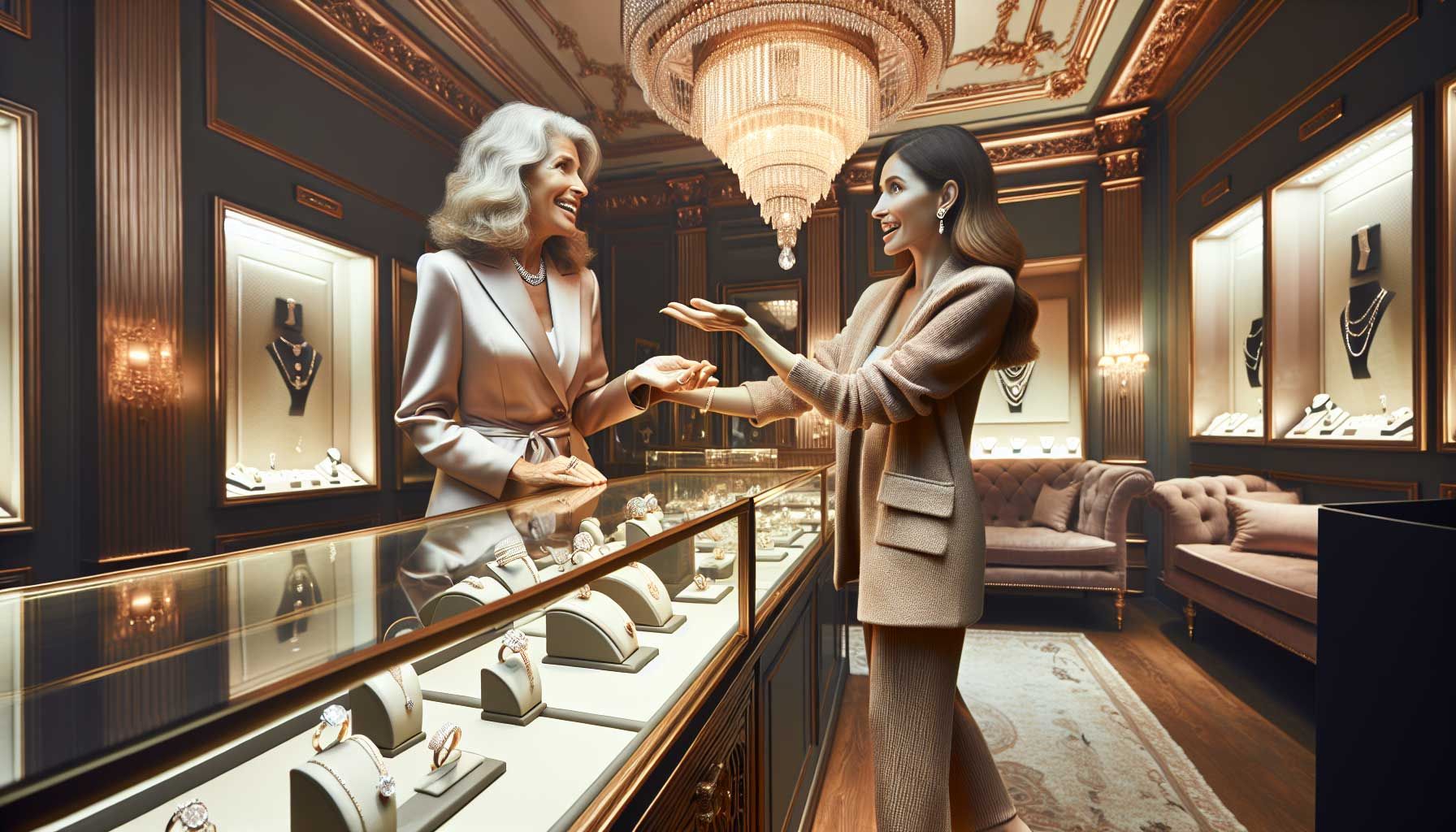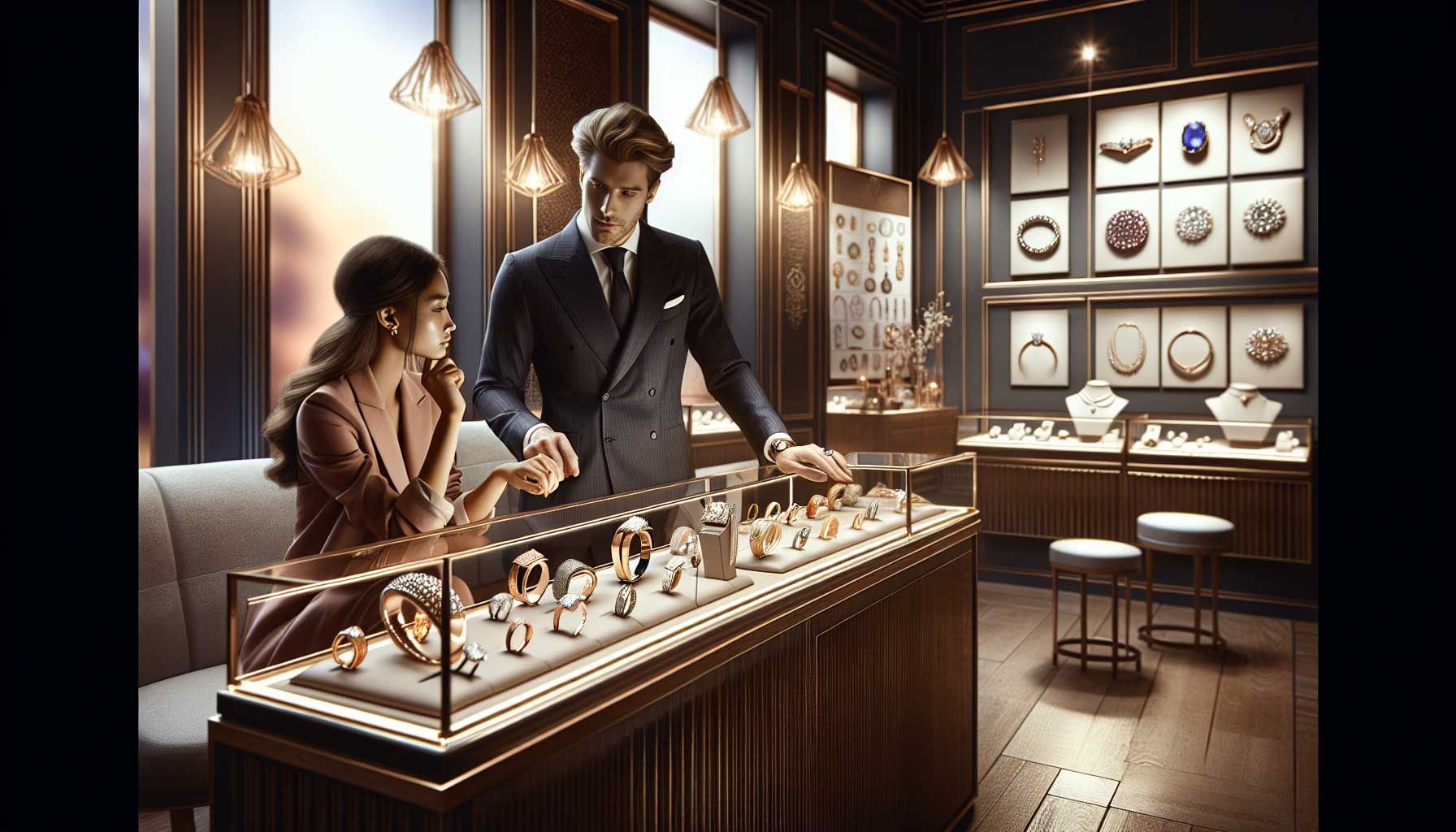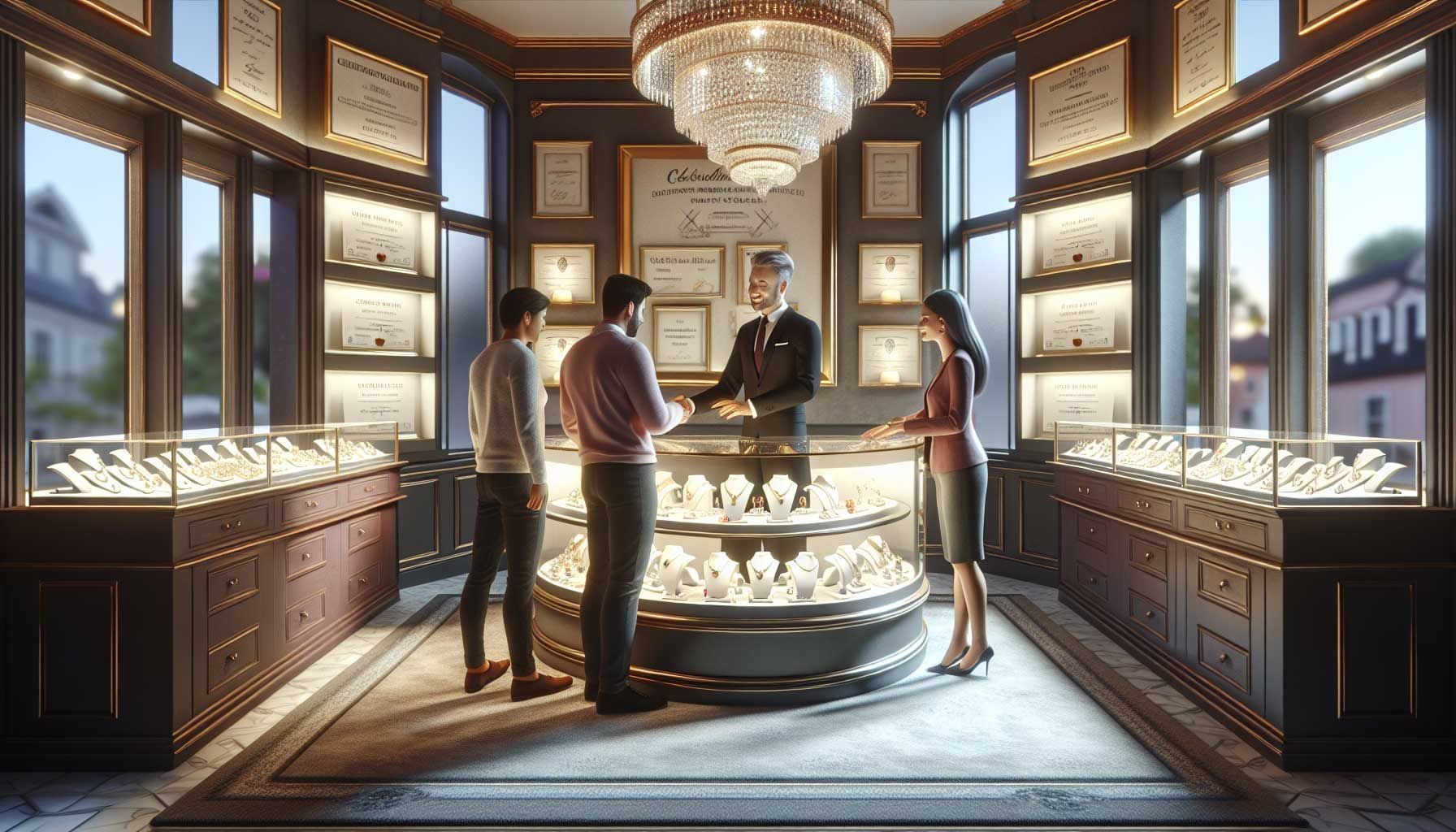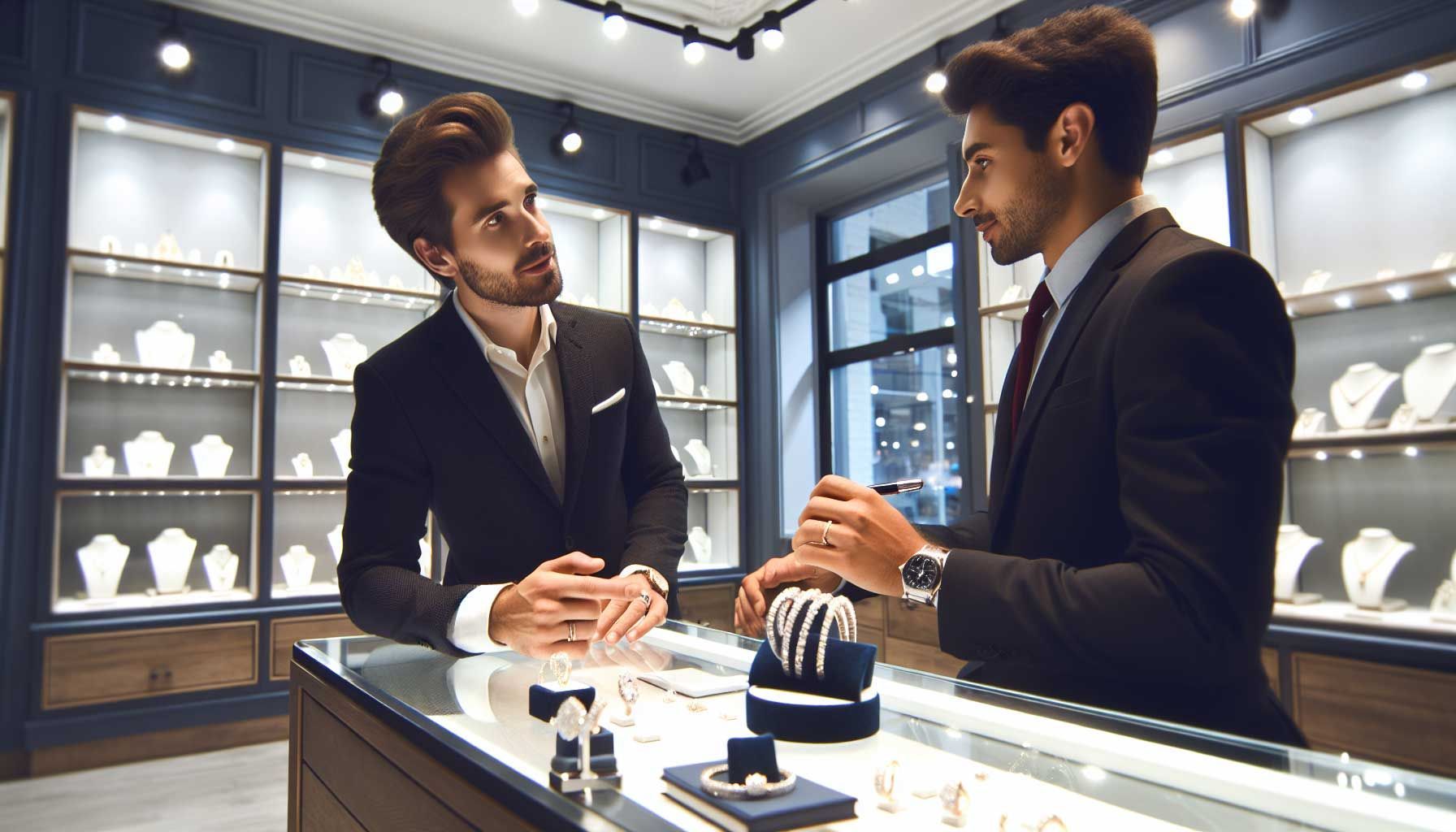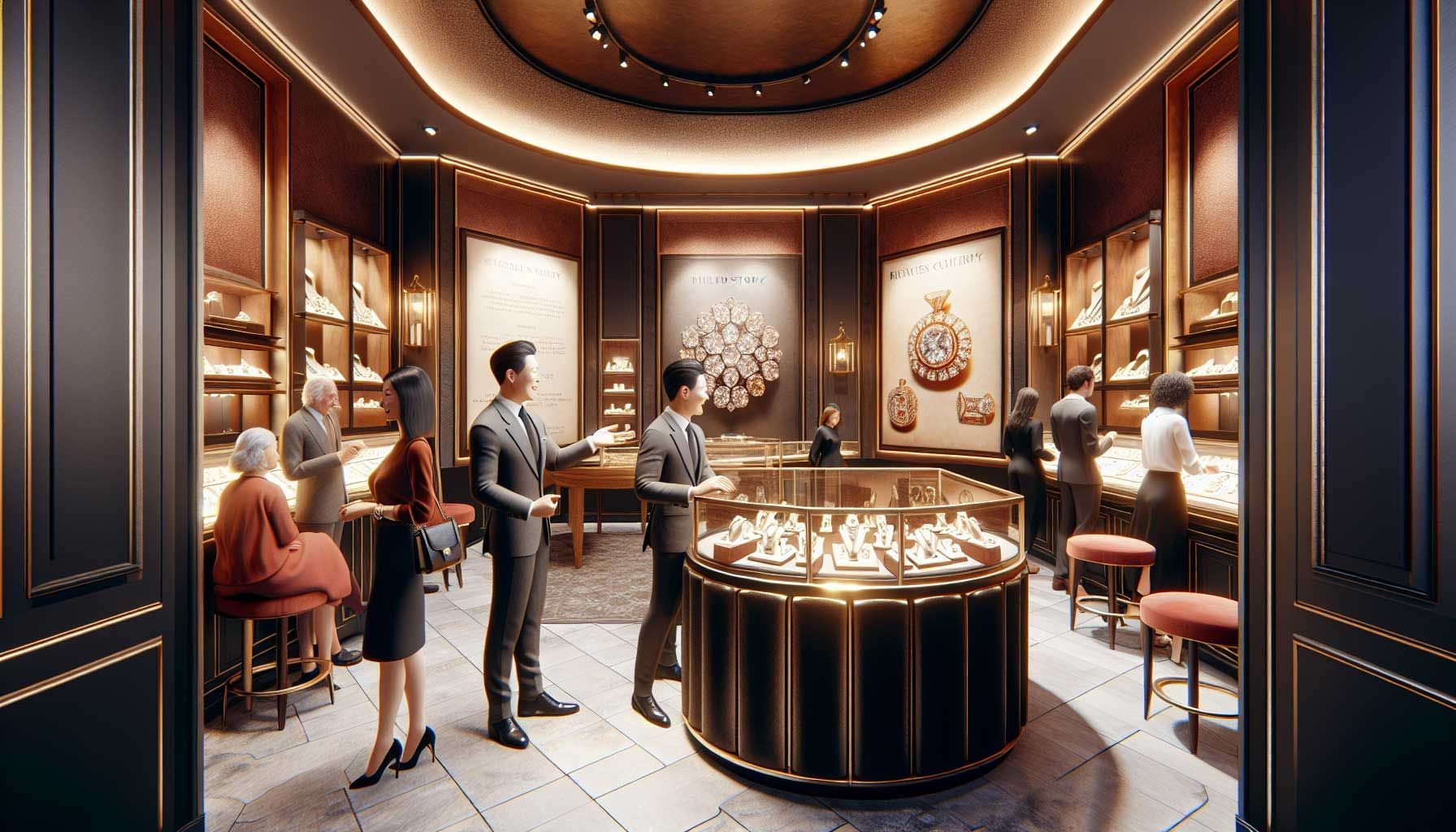How jewelers can use the "try before you buy" concept for increased sales
How to make use of the "try before you buy" concept
In the competitive world of the **jewelry business**, it can be crucial to deploy the right strategies to attract and retain customers. One of the most effective methods jewelers can embrace is the "try before you buy" concept. This article provides an in-depth insight into how you can implement this strategy, its benefits, and practical tips to get the most out of it.
What is the "try before you buy" concept?
The "try before you buy" concept allows customers to try a product before actually purchasing it. This can involve wearing a piece of jewelry to see how it looks, feels, or fits with their personal style. This approach is gaining popularity and is especially relevant within the jewelry industry.
For jewelers, this means an opportunity to offer customers a unique and personalized shopping experience, significantly increasing the chances of a successful sale. Customers who have the chance to try a product often feel more comfortable making a purchase.
Why is it important?
The main reason to utilize the "try before you buy" concept is that it increases **customer satisfaction**. Customers have the opportunity to experience the quality and aesthetics of the jewelry, which can help them make a decision. This leads to fewer returns and increases loyalty.
Pro tip: Make sure to present your jewelry in an attractive and clean environment to make a positive first impression.How do you implement the "try before you buy" concept?
There are several ways jewelers can implement this concept. It is essential to have a plan that fits your specific sales environment and customer base.
1. Offer trial periods
A simple but effective method is to offer customers a **trial period**. This could mean giving customers the opportunity to test a piece of jewelry at home for a few days or even a week. Be sure to have clear terms and conditions to prevent misuse.
2. Organize events
Organize special events where customers can try on and experience different pieces of jewelry. This could be an exclusive **launch** of a new collection or a seasonal party where customers can try their favorite pieces. It not only creates buzz around your brand but also strengthens customer engagement.
3. Leverage technology
With the rise of **augmented reality**, jewelers can offer customers the ability to virtually try on jewelry. Customers can see how a piece looks via their smartphone or a kiosk in the store without actually wearing it. This makes it easier for customers to make a decision.
Pro tip: Invest in a user-friendly app or software that provides customers with a virtual **fitting room** for a better user experience.The benefits of the "try before you buy" concept
There are numerous benefits associated with offering a "try before you buy" option. Here are some of the most significant:
1. Increased revenue
When customers have the opportunity to try jewelry, they are more likely to make a purchase. This results in higher revenue. Customers are often willing to spend more on a product if they are confident it looks good on them.
2. Better customer retention
Customers who have the chance to try your products feel more connected to your brand. This can result in **repeat purchases** and recommendations to friends and family. Satisfied customers are the best marketing you can have.
3. Reduced returns
One of the biggest challenges in the jewelry industry is returns. By giving customers the opportunity to try a product first, they can better decide if the piece meets their expectations. This leads to fewer returns and thus lower costs for your business.
Pro tip: Follow up with your customers at the end of the trial period to collect feedback and encourage them to share their experiences.How do you measure the success of the strategy?
It is crucial to measure the effectiveness of your "try before you buy" strategy. This can help improve the customer experience and optimize your processes. Here are some ways to do this:
1. Customer satisfaction surveys
Send a brief **satisfaction survey** to your customers after the trial period. Ask them about their experiences and whether they are considering purchasing the product. This provides valuable insights into what works well and where improvements are needed.
2. Sales analysis
Analyze your sales data to see if there is a significant increase in the sales of the jewelry that falls under the "try before you buy" program. Compare the figures with previous periods to identify trends and patterns.
3. Return rate
Keep a close eye on the return rate. A decrease in returns can be a direct result of the "try before you buy" concept. It is important to keep track of this information so that you can discover what does and doesn’t work.
Pro tip: Use analytics tools to capture trends in customer behavior and sales, which can aid in future decision-making.Conclusion
Implementing the "try before you buy" concept can be a game-changer for jewelers. It creates a more enjoyable shopping experience for customers, enhances customer satisfaction, and boosts sales. By carefully considering how to apply this strategy and leveraging technology, you can stand out in a saturated market.
Start exploring the possibilities of this innovative model today, and see how it can transform your business.

Take your store to the next level
Start automating and digitizing your store processes today. PrismaNote helps retailers with this. Discover what we can do for you via the menu above.
- George
